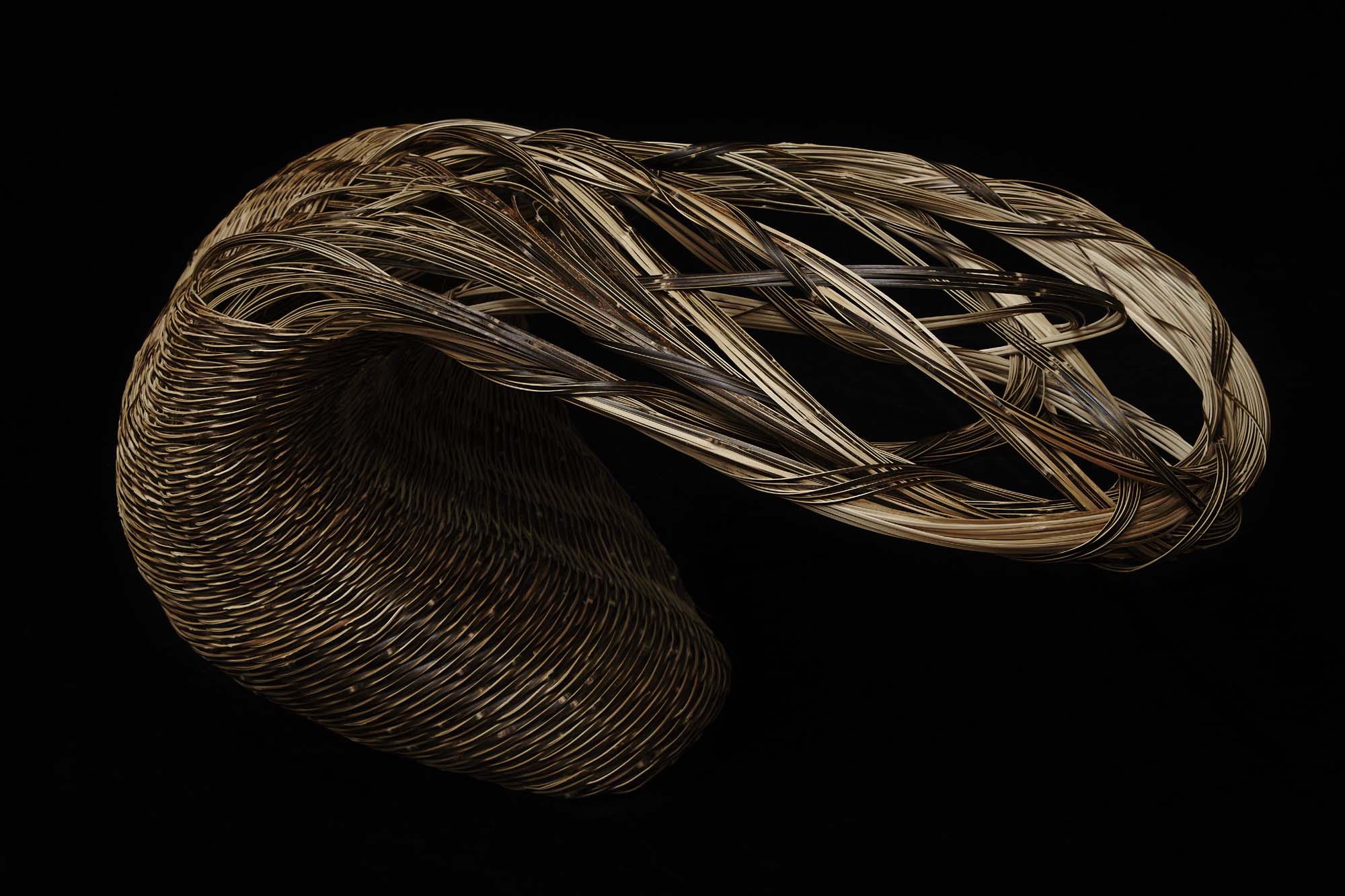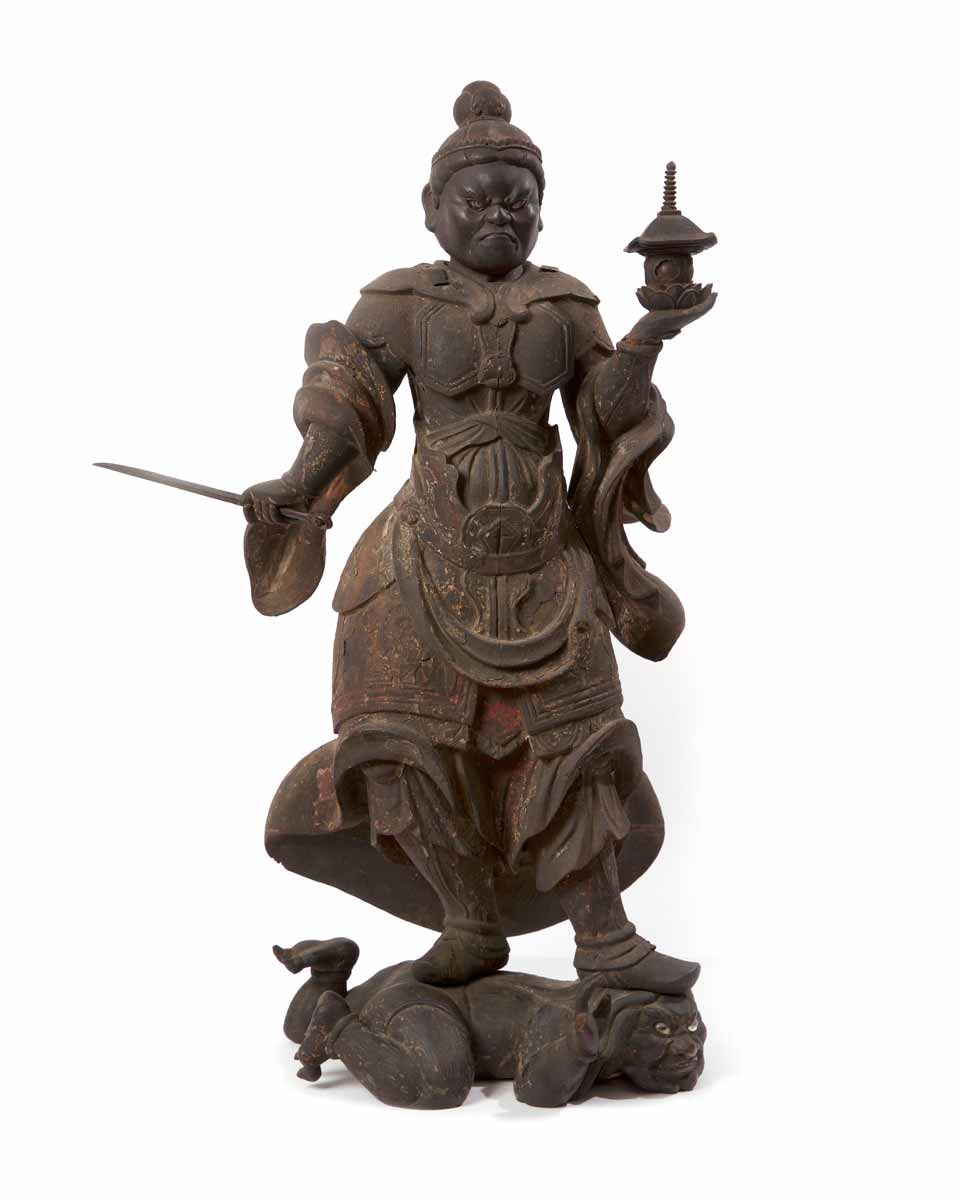
FAB Paris
Grand Palais
Galerie Mingei will be exhibiting at the Grand Palais from September 20 to 24, 2025, for FAB 2025.
On this occasion, the gallery will present an exceptional selection of iconic works of Japanese art: rare Noh theater masks and magnificent Buddhist sculptures.
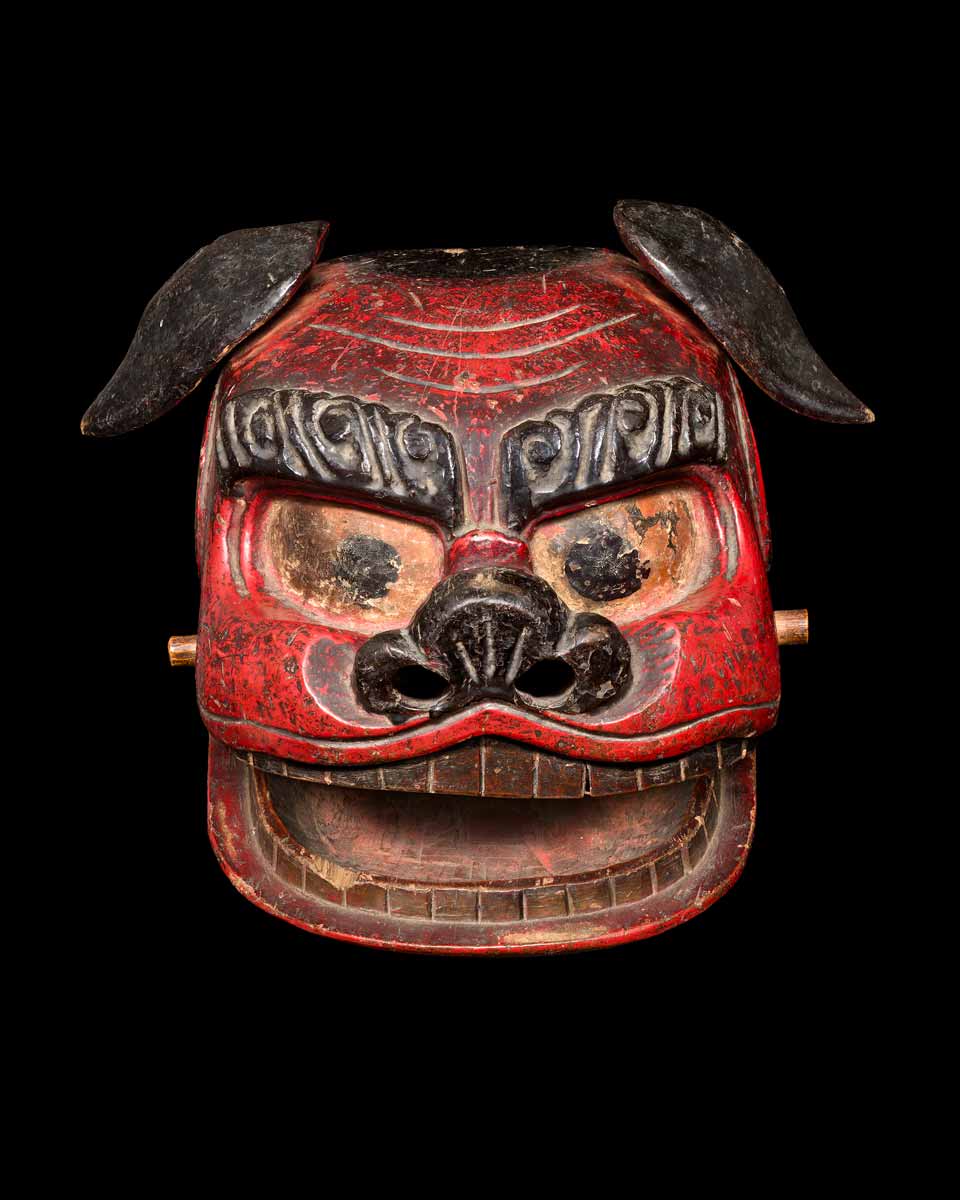
Parcours des Mondes 2025
On the occasion of the 24th edition of Parcours des Mondes, Galerie Mingei presents numerous new works: rare Kagura and Nō masks, Shinzo figures, and Buddhist sculpture from the Kamakura period.
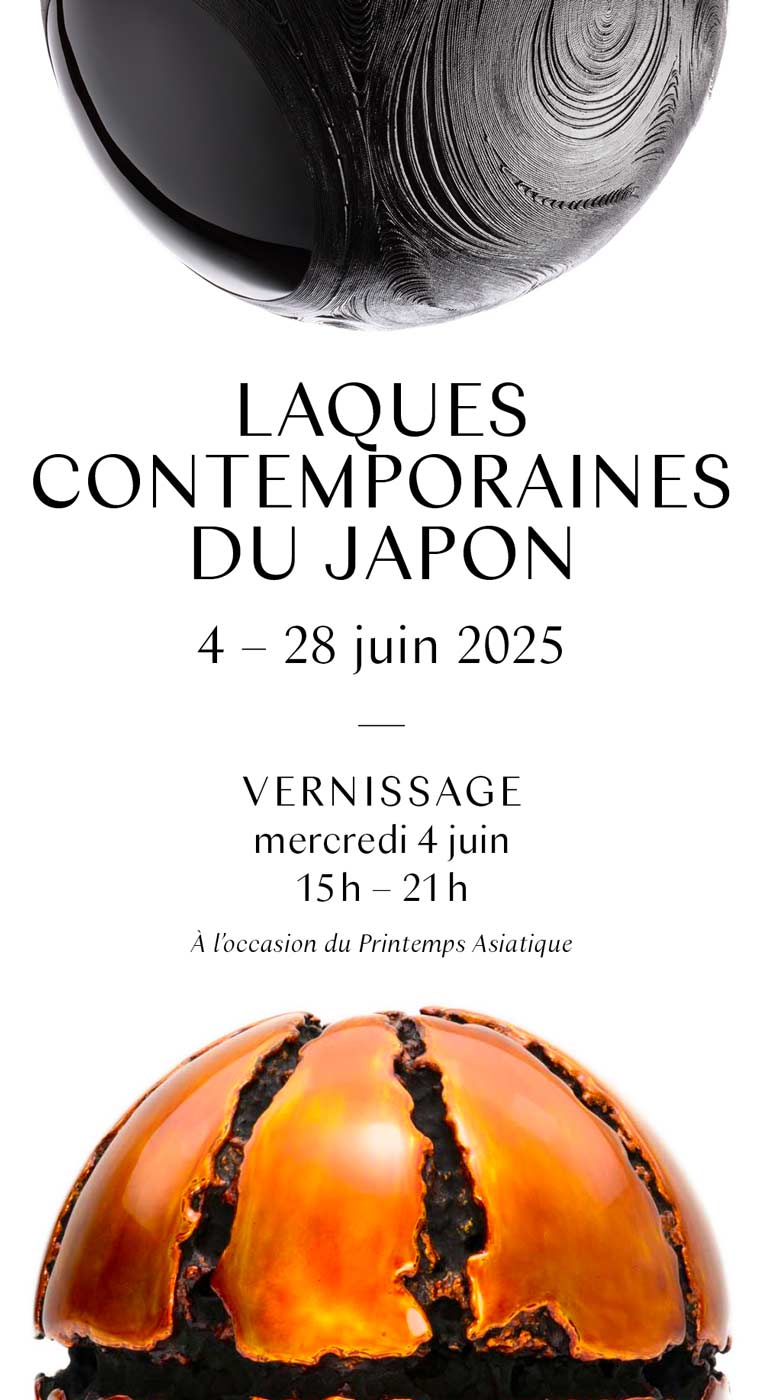
Contemporary Japanese Lacquers
On the occasion of Asian Spring
Modeled after Asia Week New York and Asian Art in London, this event is organized around a shared calendar of exhibitions, auctions, guided tours, and lectures.
Mingei Gallery presents an exceptional collection of contemporary Japanese lacquerware.
Featured artists:
Ken Noguchi
Hiroshi Kaneyasu
Keikou Nishimura
Rio Tashiro
Wei Nan
Wang Linan
Nanami Seki
Nicolas Pinon & Dimitry Hlinka

Paris Tribal 2025
This event, initiated and supported by the Saint-Germain-des-Prés galleries specializing in ancient art from Africa, Oceania, Asia, and the Americas, has established itself year after year as a must-see event in the world of tribal art and Parisian news.
Bringing together the finest dealers in ancient tribal art for a week in the heart of the Saint-Germain-des-Prés district, this open-air fair provides a unique opportunity for connoisseurs and new enthusiasts alike to share their passion with recognized experts and engage in a privileged exchange.
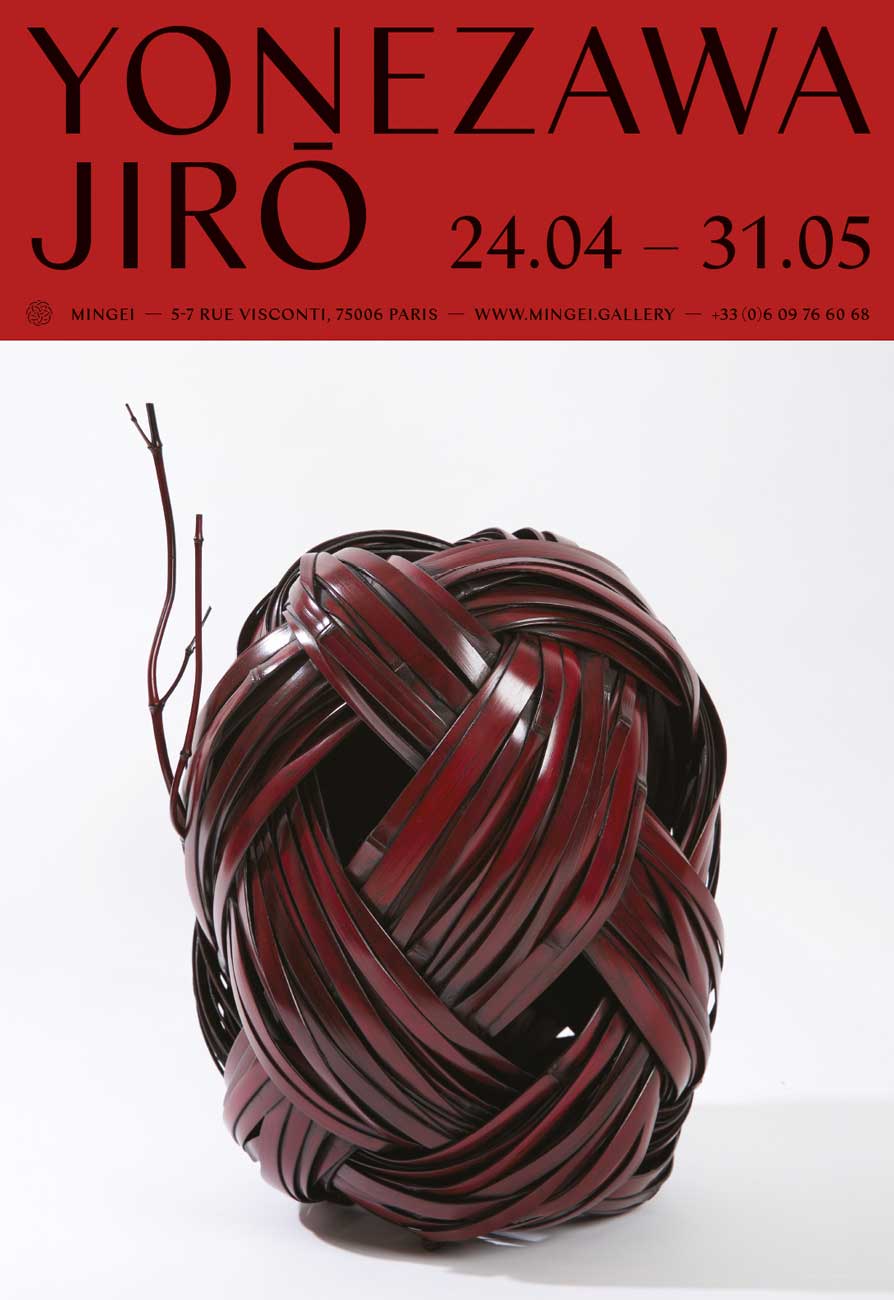
Yonezawa Jirō
Solo exhibition
The Mingei Gallery is honored to present a solo exhibition by Japanese artist Yonezawa Jirō, which will take place from April 24 to May 31, 2025.
His work, blending sculpture and weaving, is imbued with spiritual references: Buddhism, with its focus on self-improvement, and Shintoism, deeply rooted in nature and the sacred, both nourish his creations.
The intensity of deep red, achieved through dyeing and lacquer techniques, gives his works a vibrant aura and a unique sculptural presence. Through organic and dynamic forms, Yonezawa Jirō plays with light and space, creating pieces that evolve depending on the viewer’s perspective. His exceptional mastery of bamboo allows him to craft sculptures where strength and fluidity intertwine, making each piece both powerful and poetic.
These creations appear to be suspended between density and lightness, between structure and movement, evoking a subtle dialogue between the artist and the material. Between shadow and brilliance, tension and balance, they invite a sensitive and intuitive contemplation, where the gaze is lost in the interplay of interwoven lines. Through his work, Yonezawa Jirō celebrates a harmony between tradition and innovation, between the precision of Japanese craftsmanship and the freedom of experimentation gained through international influence.
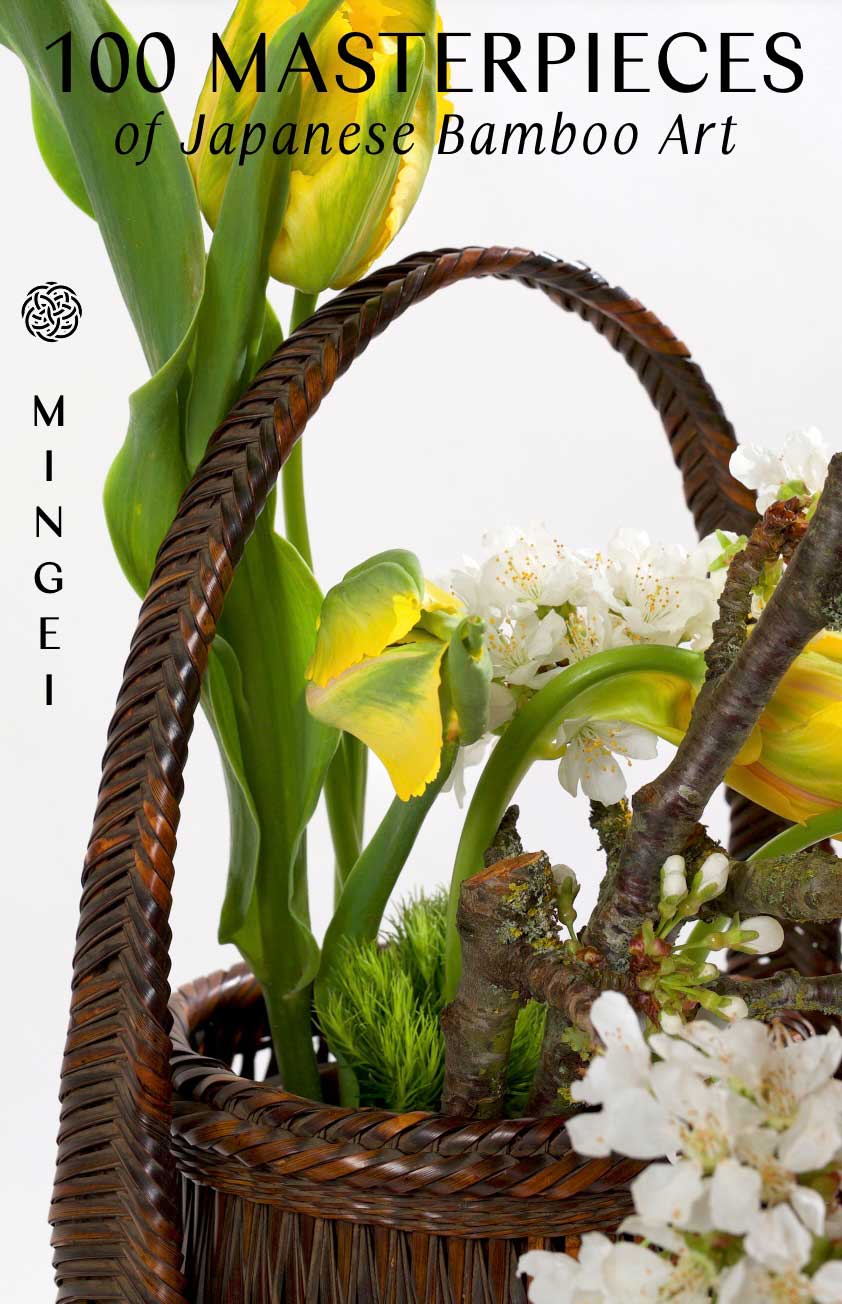
100 Masterpieces of Japanese Bamboo Art
This unique exhibition allows visitors to discover the richness and subtlety of Japanese bamboo art, a great specialty of the Mingei gallery. It brings together ancient and contemporary works, testifying to the finesse and virtuosity of the bamboo masters.

𝐏𝐚𝐫𝐜𝐨𝐮𝐫𝐬 𝐝𝐞𝐬 𝐌𝐨𝐧𝐝𝐞𝐬 𝟐𝟎𝟐𝟒
For this new edition of the Parcours des Mondes, the Mingei gallery presents a unique collection of ancient and contemporary objects.
The flagship piece of the show is a shinzo dated between 1315 and 1422 (end of the Kamakura period - middle of the Muromachi period).
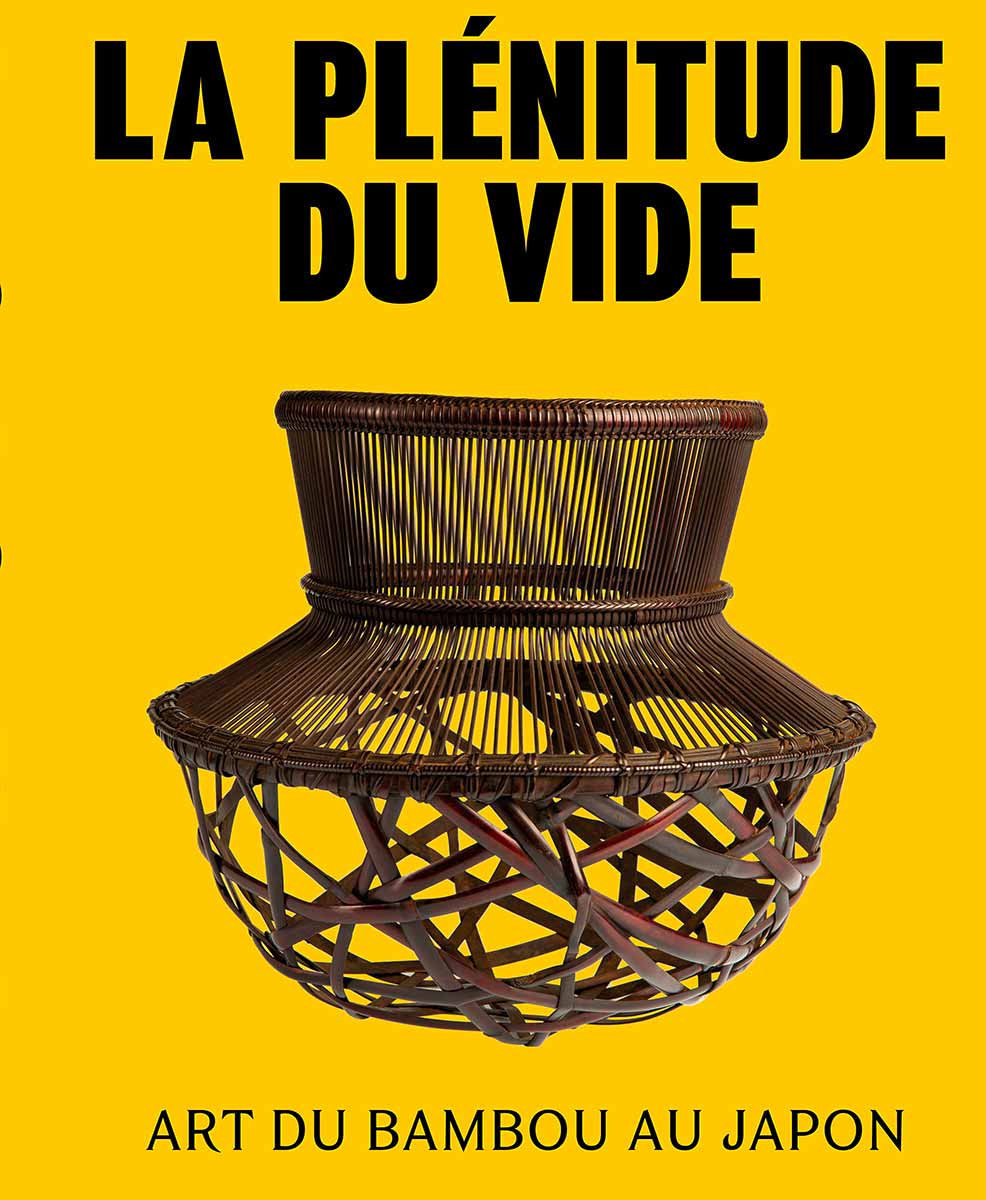
𝐓𝐡𝐞 𝐅𝐮𝐥𝐥𝐧𝐞𝐬𝐬 𝐨𝐟 𝐄𝐦𝐩𝐭𝐢𝐧𝐞𝐬𝐬
Bamboo Art in Japan
𝐀𝐬𝐢𝐚𝐧 𝐀𝐫𝐭 𝐃𝐞𝐩𝐚𝐫𝐭𝐞𝐦𝐞𝐧𝐭𝐚𝐥 𝐌𝐮𝐬𝐞𝐮𝐦 𝐢𝐧 𝐍𝐢𝐜𝐞.
Co-curated bu Philippe Boudin, director of the Mingei gallery, and Hélène Kessous, scientific deputy to the museum administrator.
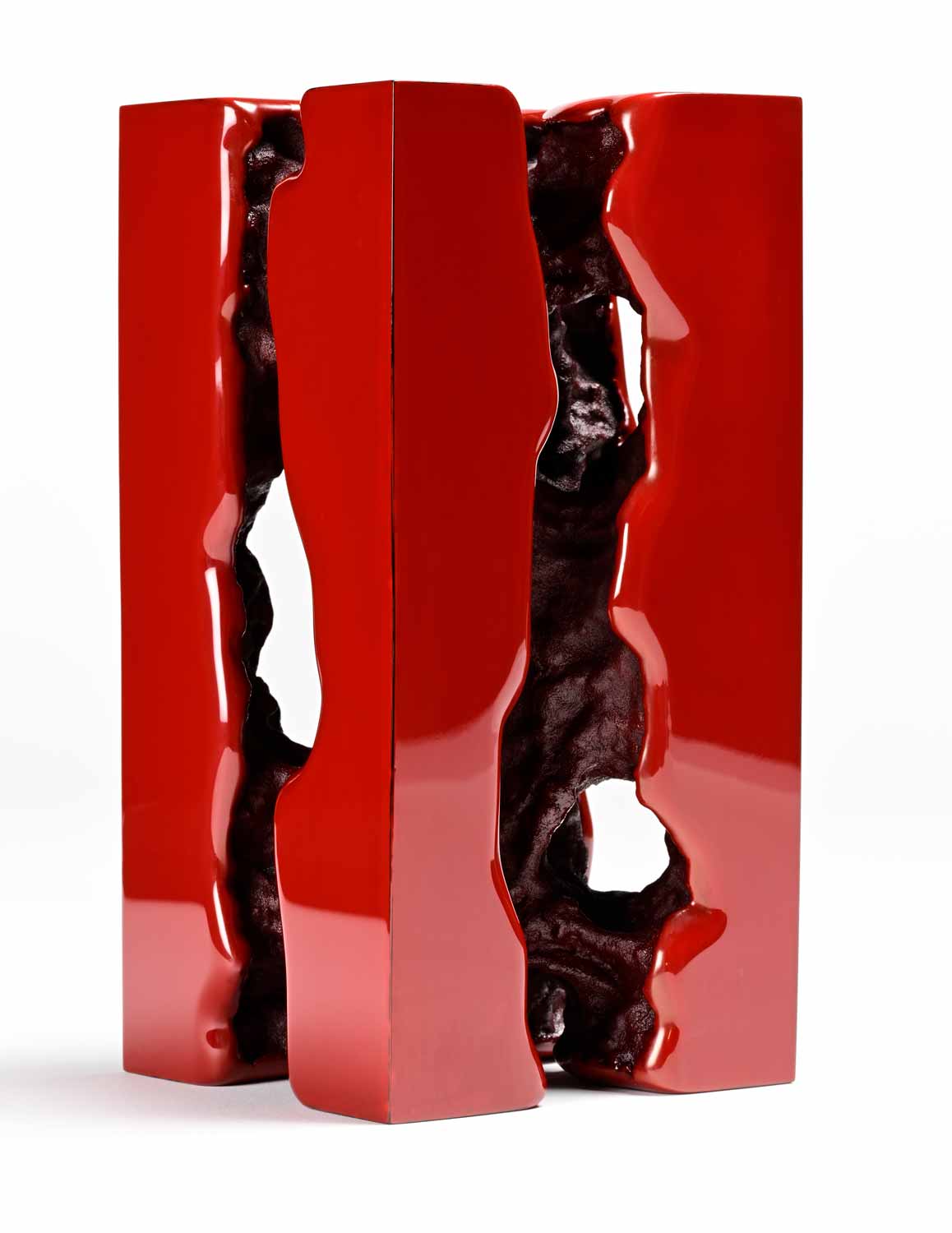
Asia Week 2024
Contemporary Lacquers from Japan
On the occasion of Asian Spring 2024, the Mingei gallery presents two Japanese artists who work with urushi lacquer.
Artists exhibited
𝐑𝐢𝐨 𝐓𝐚𝐬𝐡𝐢𝐫𝐨
𝐊𝐞𝐧 𝐍𝐨𝐠𝐮𝐜𝐡𝐢
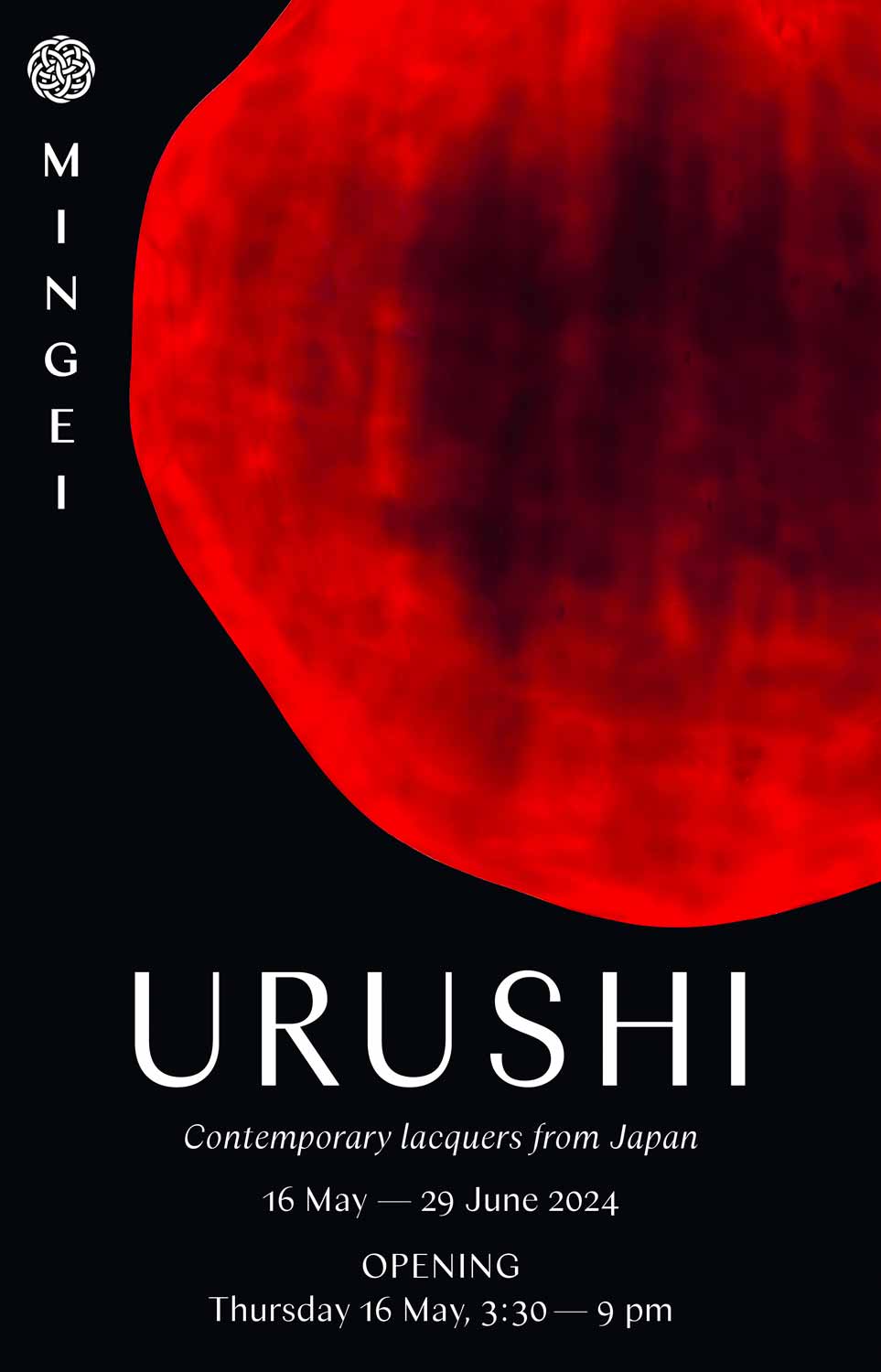
URUSHI
Contemporary lacquers from Japan
The Mingei gallery presents a selection of works by talented artists working with lacquer in Japan.
While mastering the extremely demanding techniques of this natural material, these virtuosos have created a new form of expression.
Artists exhibited
𝐇𝐢𝐫𝐨𝐬𝐡𝐢 𝐊𝐚𝐧𝐞𝐲𝐚𝐬𝐮
𝐊𝐞𝐢𝐤𝐨𝐮 𝐍𝐢𝐬𝐡𝐢𝐦𝐮𝐫𝐚
𝐓𝐨𝐬𝐡𝐢𝐦𝐚𝐬𝐚 𝐊𝐢𝐤𝐮𝐜𝐡𝐢
𝐖𝐞𝐢 𝐍𝐚𝐧
𝐋𝐢𝐧𝐚𝐧 𝐖𝐚𝐧𝐠
𝐖𝐚𝐤𝐚𝐦𝐢𝐲𝐚 𝐓𝐚𝐤𝐞𝐬𝐡𝐢
𝐎𝐤𝐚𝐝𝐚 𝐘𝐮𝐣𝐢
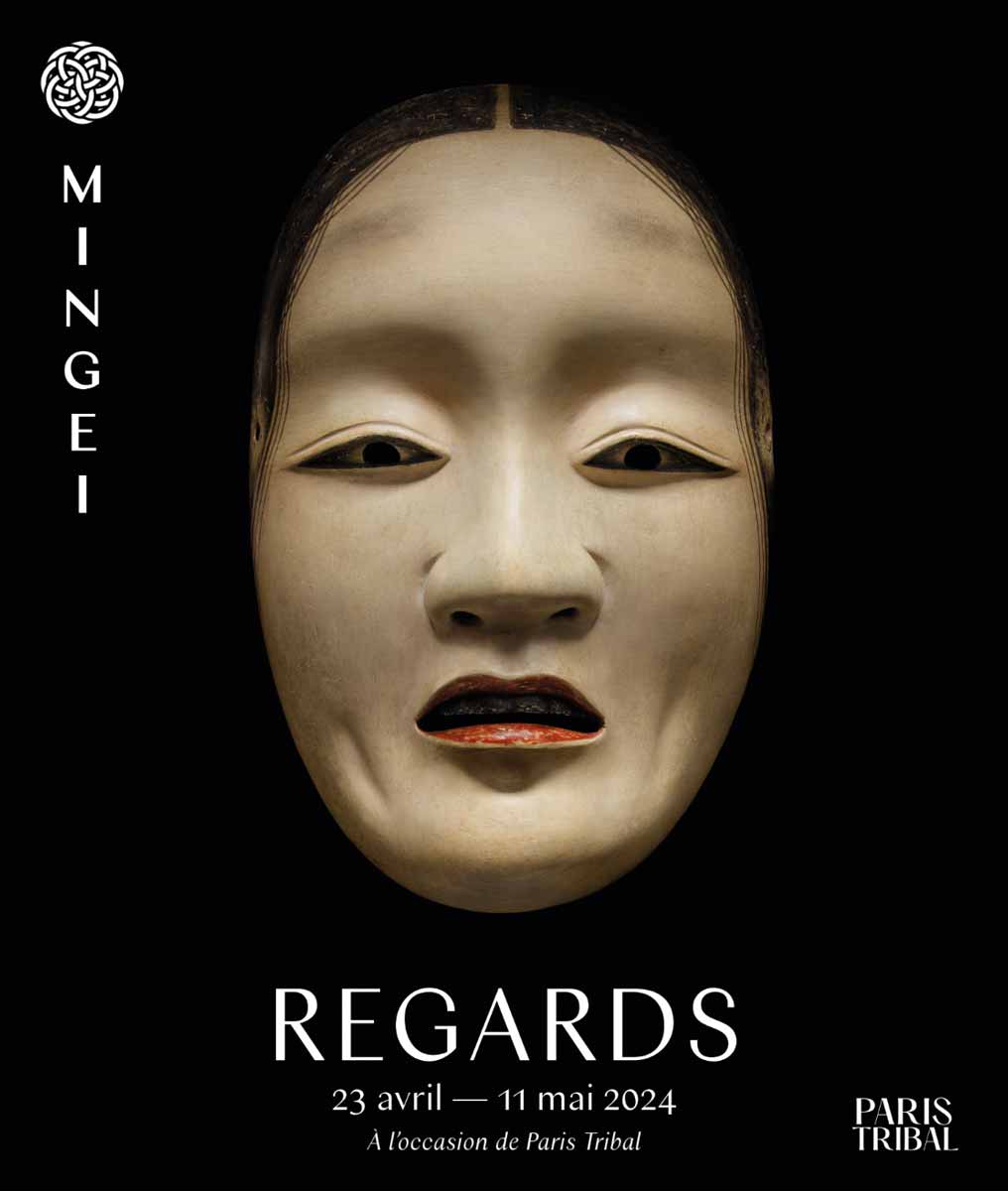
REGARDS
An exceptional set of Japanese masks.
Let yourself be captivated by their looks!
On the occasion of 𝐏𝐀𝐑𝐈𝐒 𝐓𝐑𝐈𝐁𝐀𝐋 𝟐𝟎𝟐𝟒
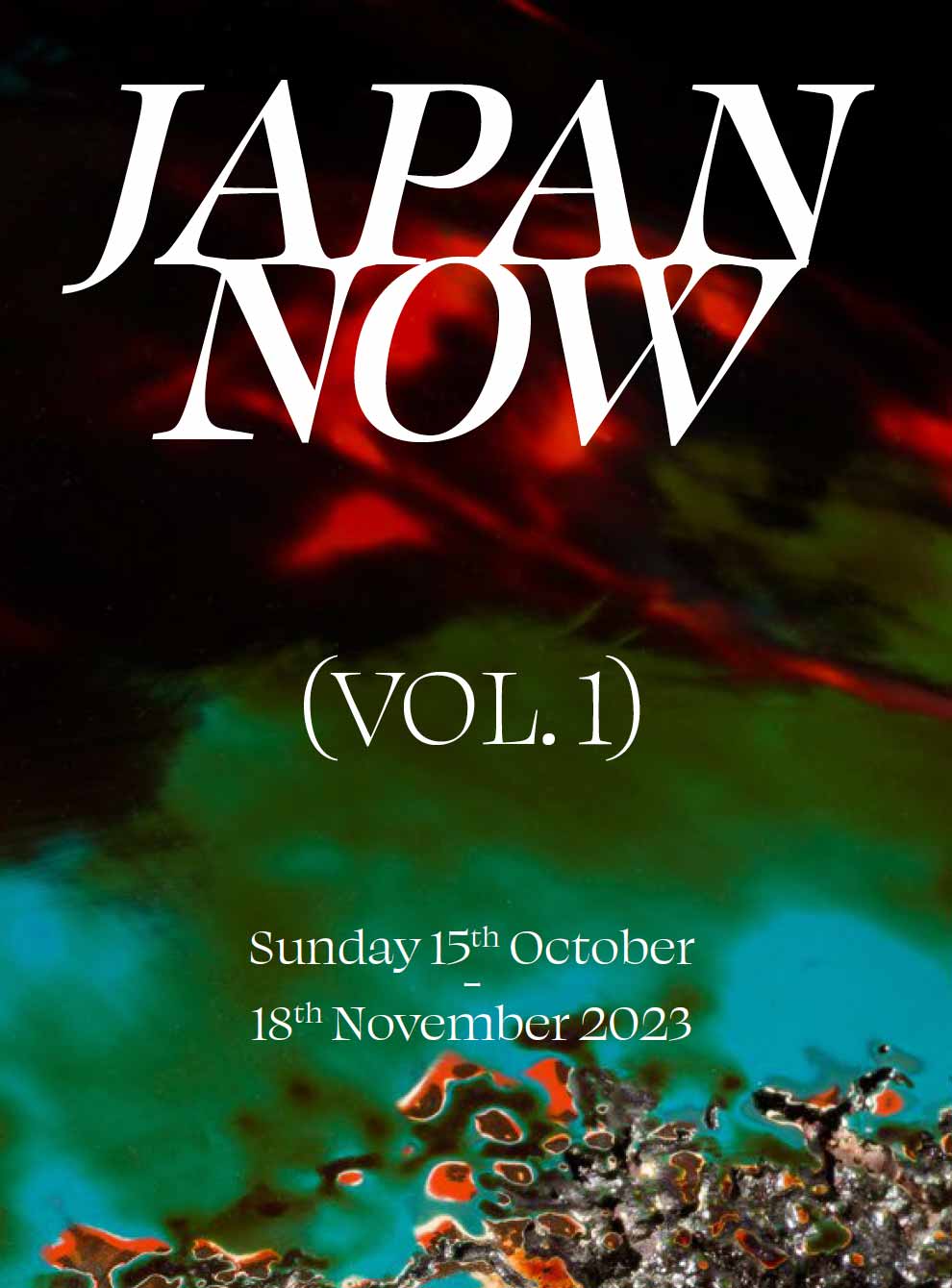
Japan Now - Vol.1
On the occasion of Starting Sunday
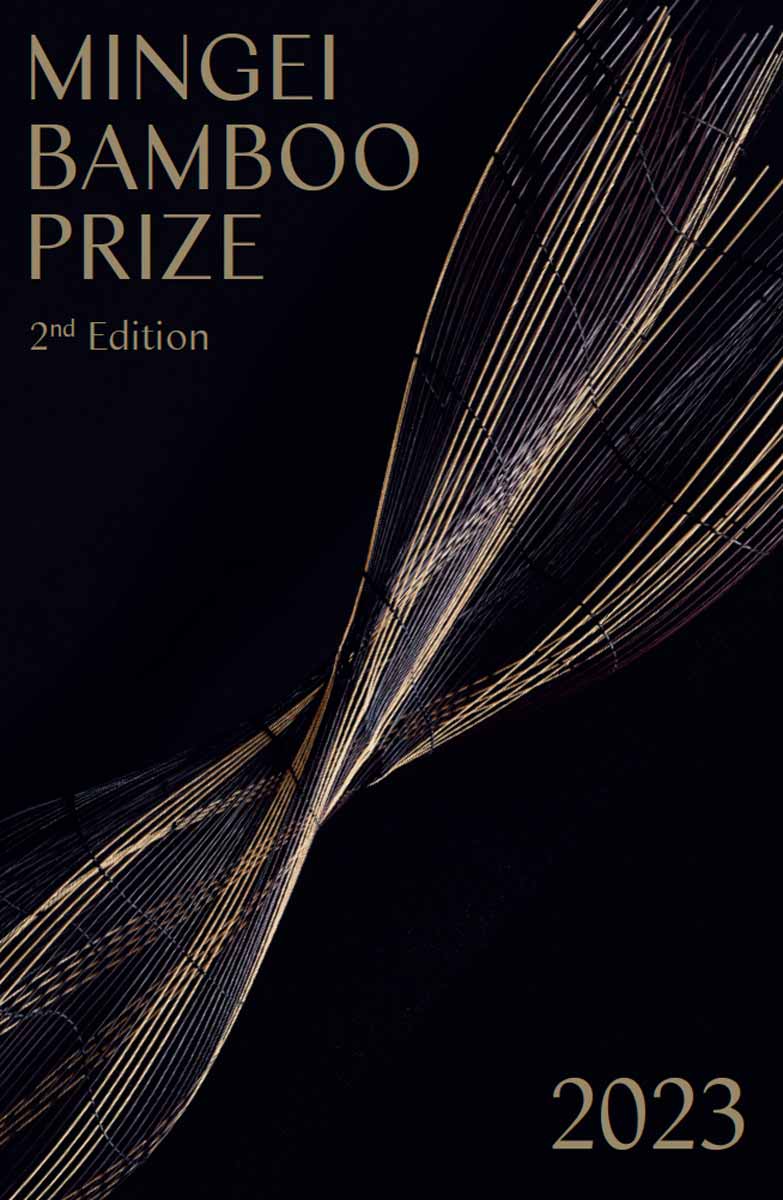
𝐌𝐢𝐧𝐠𝐞𝐢 𝐁𝐚𝐦𝐛𝐨𝐨 𝐏𝐫𝐢𝐳𝐞
During Parcours des Mondes
From September 5 to 10, the 2nd edition of the Mingei Bamboo Prize took place at the MINGEI gallery, in partnership with PARCOURS DES MONDES.
This prize recognized Hayashi Jyunpei and Ichikawa Youna for their majestic and original works.
For 10 years, the Mingei Gallery has been defending the art of Japanese bamboo basketry and is now establishing itself as the first and almost only European gallery in this specialty.
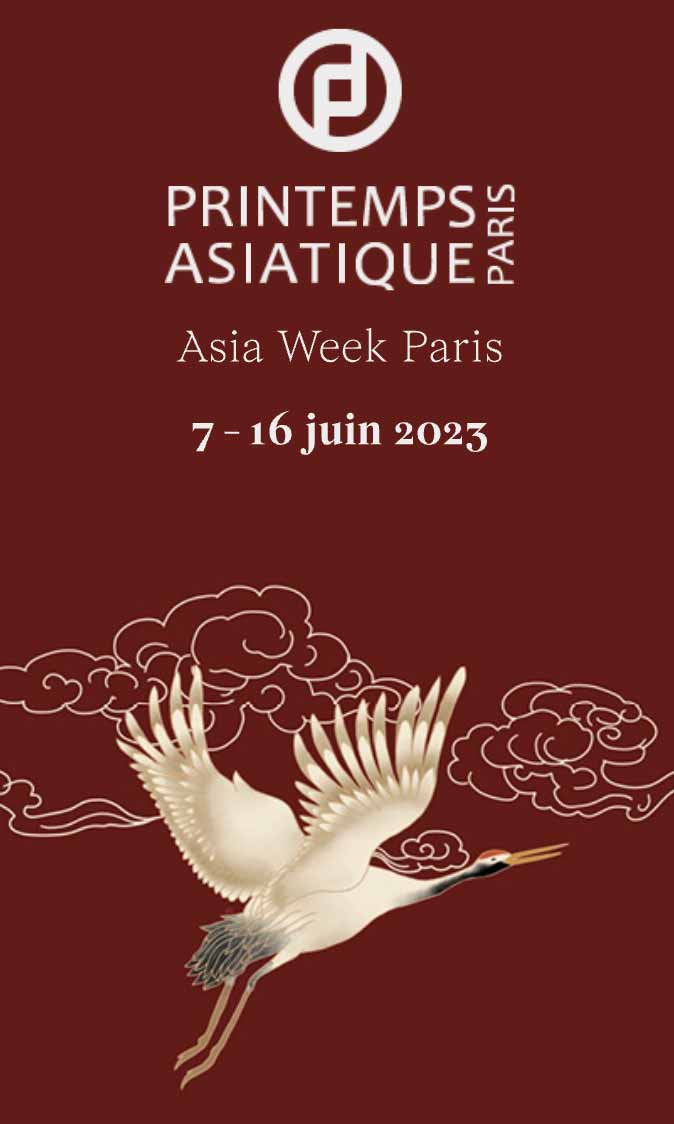
Printemps Asiatique
Every year in June, the Printemps Asiatique aims to affirm the importance of Asian arts in France, notably by holding a high-quality cultural program allowing a national and international public to meet researchers, curators, gallery owners, and experts, all passionate about their work.
Asian art specialists and scholars will be giving a series of high-quality conferences and round tables, guided tours of museum collections and temporary exhibitions, private foundations, and galleries in Paris.

Kintsugi - Boro
The Art of Caring for Objects in Japan
Giving new life to broken porcelain and ceramics by filling in cracks with golden seams is the Japanese art of kintsugi. Nothing is lost – everything is recycled! Some everyday objects, scarred by time, are also expressions of this unwillingness to discard things. From this rebirth a new cycle emerges and new functions sometimes do as well. Recycled textiles, such as the well-known boro illustrate this resistance to waste, the scourge of our consumerist societies. In Japan, this concept is called mottainai, a term that refers to the malaise caused by the needless consumption of resources and materials.
This exhibition features a selection of ceramics restored with gold lacquer, transformed everyday utensils and recycled textiles, patiently collected over the past years.
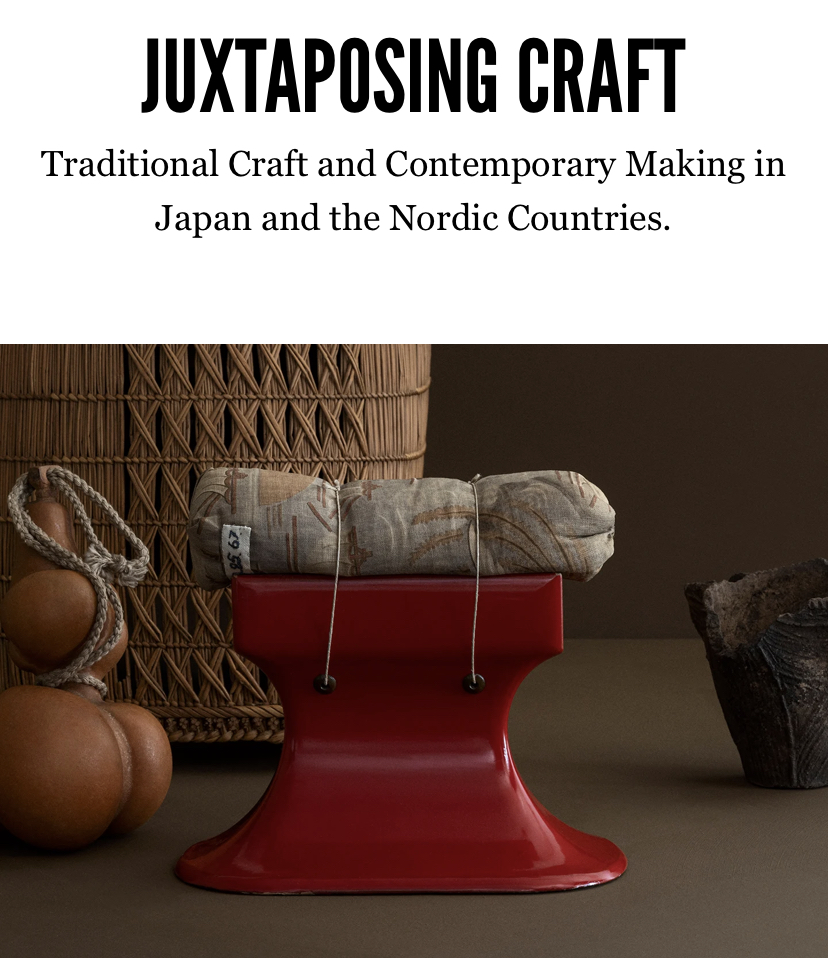
𝐉𝐮𝐱𝐭𝐚𝐩𝐨𝐬𝐢𝐧𝐠 𝐂𝐫𝐚𝐟𝐭
Stockholm
At the Museum of Far Eastern Antiquities in Stockholm (15 October 2022 - until winter 2023)
Juxtaposing Craft explores the handmade in an exchange between the Nordic countries and Japan. The exhibition brings together contemporary works by designers, artists and craftspeople with artefacts from the collections of the National Museums of World Culture.
The exhibition is a collaboration between Undeni and the National Museums of World Culture and is supported by the Nordic Culture Fund. The exhibition also features artefacts from Dalarna Museum, the Mucem in Marseille and Galerie Mingei in Paris.
We are happy to lend several works for this exhibition.

𝐏𝐚𝐫𝐜𝐨𝐮𝐫𝐬 𝐝𝐞𝐬 𝐌𝐨𝐧𝐝𝐞𝐬
New Acquisitions
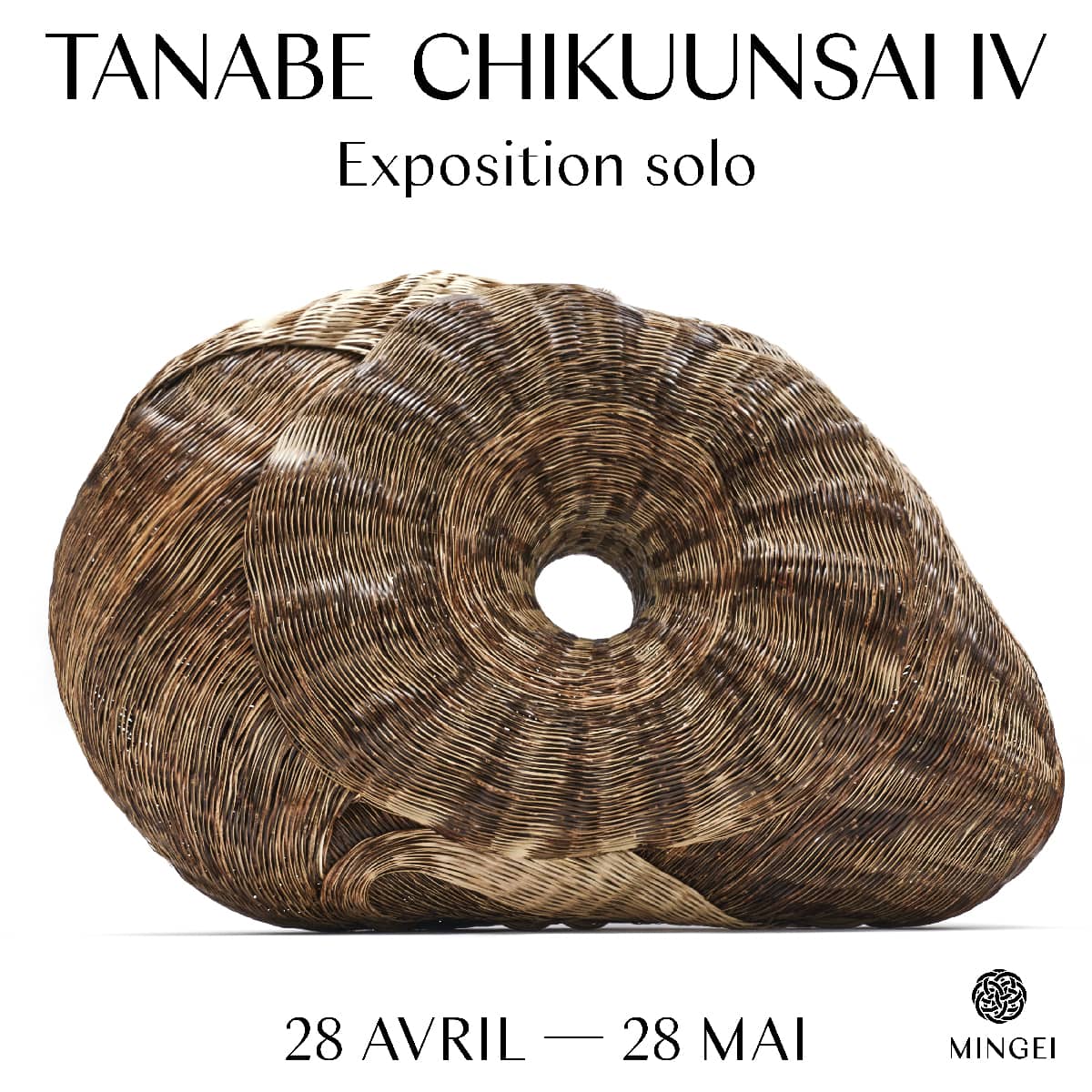
𝐂𝐡𝐢𝐤𝐮𝐮𝐧𝐬𝐚𝐢 𝐈𝐕
Solo exhibition
Chikuunsai IV creates different kinds of bamboo works. First of all functional objects intended to be used in ikebana. Then contemporary sculptures still in bamboo. Some of them were created in collaboration with Japanese architect Sawako Kaijima using 3D technology.
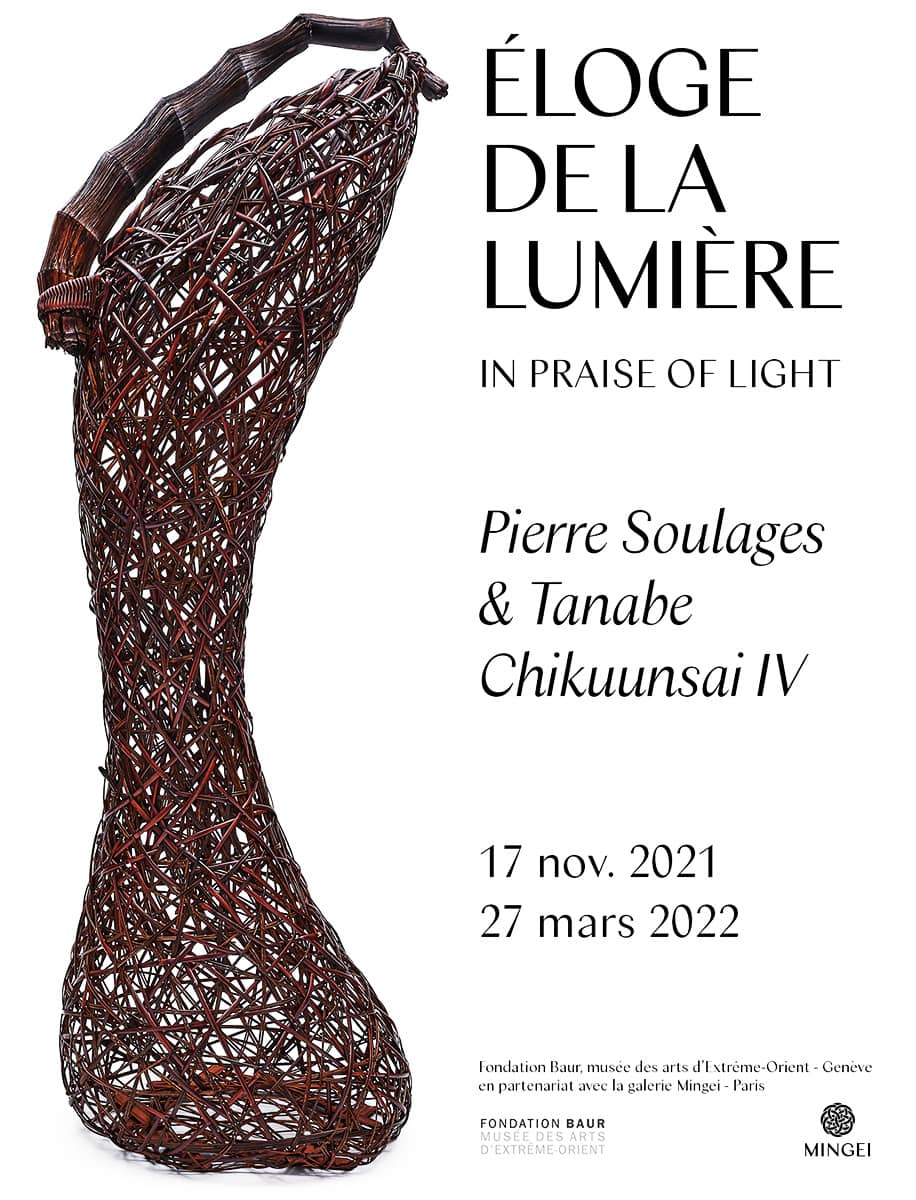
𝐏𝐢𝐞𝐫𝐫𝐞 𝐒𝐨𝐮𝐥𝐚𝐠𝐞𝐬 - 𝐂𝐡𝐢𝐤𝐮𝐮𝐧𝐬𝐚𝐢 𝐈𝐕
"In Praise of the Light"
A dialogue between the works of the great painter of abstraction Pierre Soulages and the famous bamboo artist Tanabe Chikuunsai IV.
𝐄𝐱𝐡𝐢𝐛𝐢𝐭𝐢𝐨𝐧 𝐚𝐭 𝐭𝐡𝐞 𝐁𝐚𝐮𝐫 𝐅𝐨𝐮𝐧𝐝𝐚𝐭𝐢𝐨𝐧, 𝐌𝐮𝐬𝐞𝐮𝐦 𝐨𝐟 𝐅𝐚𝐫 𝐄𝐚𝐬𝐭𝐞𝐫𝐧 𝐀𝐫𝐭𝐬 𝐢𝐧 𝐆𝐞𝐧𝐞𝐯𝐚.
𝟖 𝐑𝐮𝐞 𝐌𝐮𝐧𝐢𝐞𝐫 𝐑𝐨𝐦𝐢𝐥𝐥𝐲
𝟏𝟐𝟎𝟔 𝐆𝐞𝐧𝐞𝐯𝐚, 𝐒𝐰𝐢𝐭𝐳𝐞𝐫𝐥𝐚𝐧𝐝
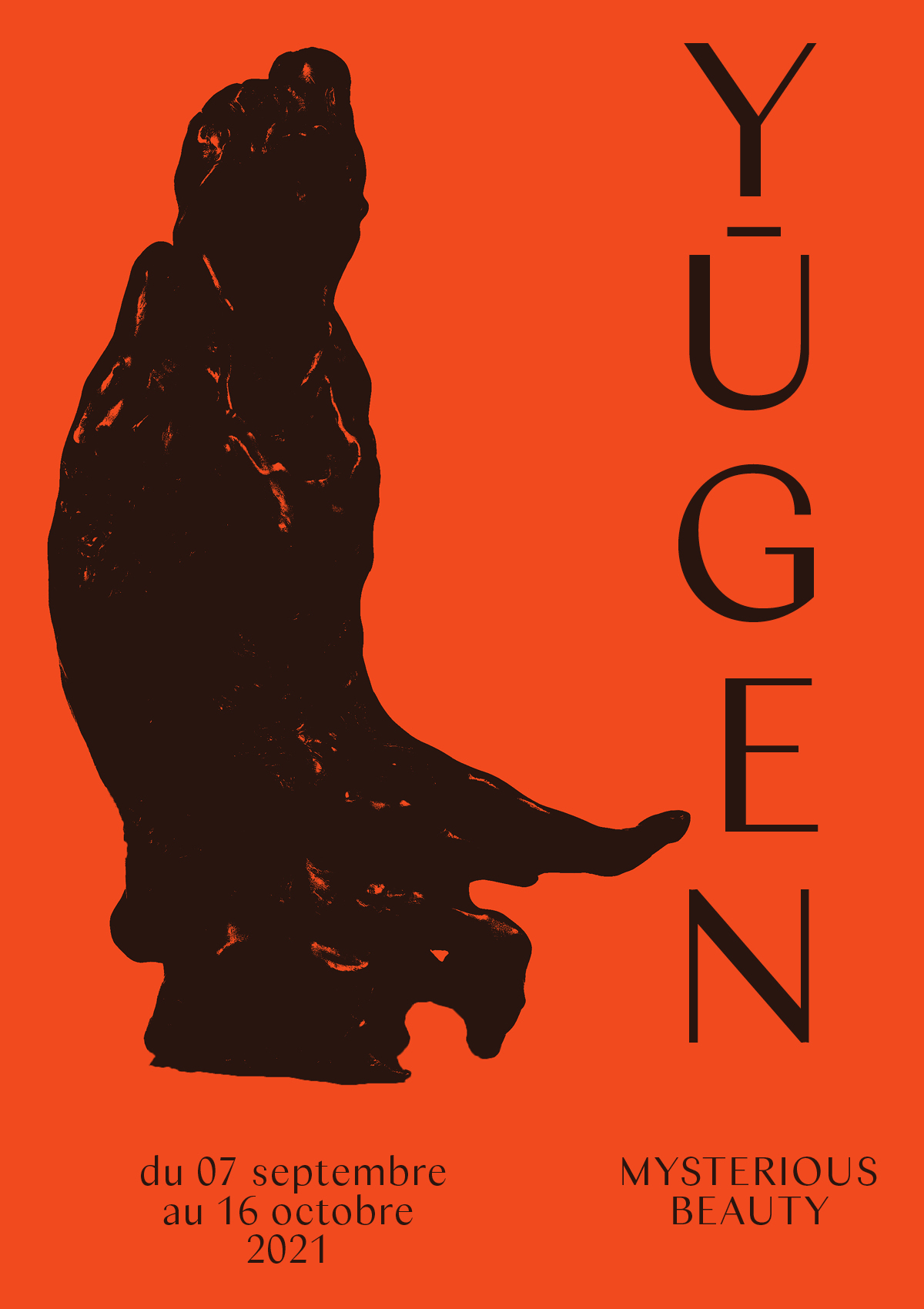
𝐘𝐮̄𝐠𝐞𝐧
Mysterious Beauty
The yūgen translates as deep beauty, mysterious beauty, or subtle charm.
It is a concept of Japanese aesthetics applied to the arts, literature and poetry.
It has been theorized by poets like Fujiwara no Shunzei and Fujiwara no Teika as well as the playwright Zeami.
The yūgen refers to the understanding and nostalgic evocation of the mysterious beauty of the world. It is not about appealing to the imaginary or describing concrete reality, but seeing the world as endowed with an implicit depth that artists can subtly express.
The yūgen therefore often takes the form of mystery, depth, elegance and nostalgia associated with the ancient aristocratic culture.
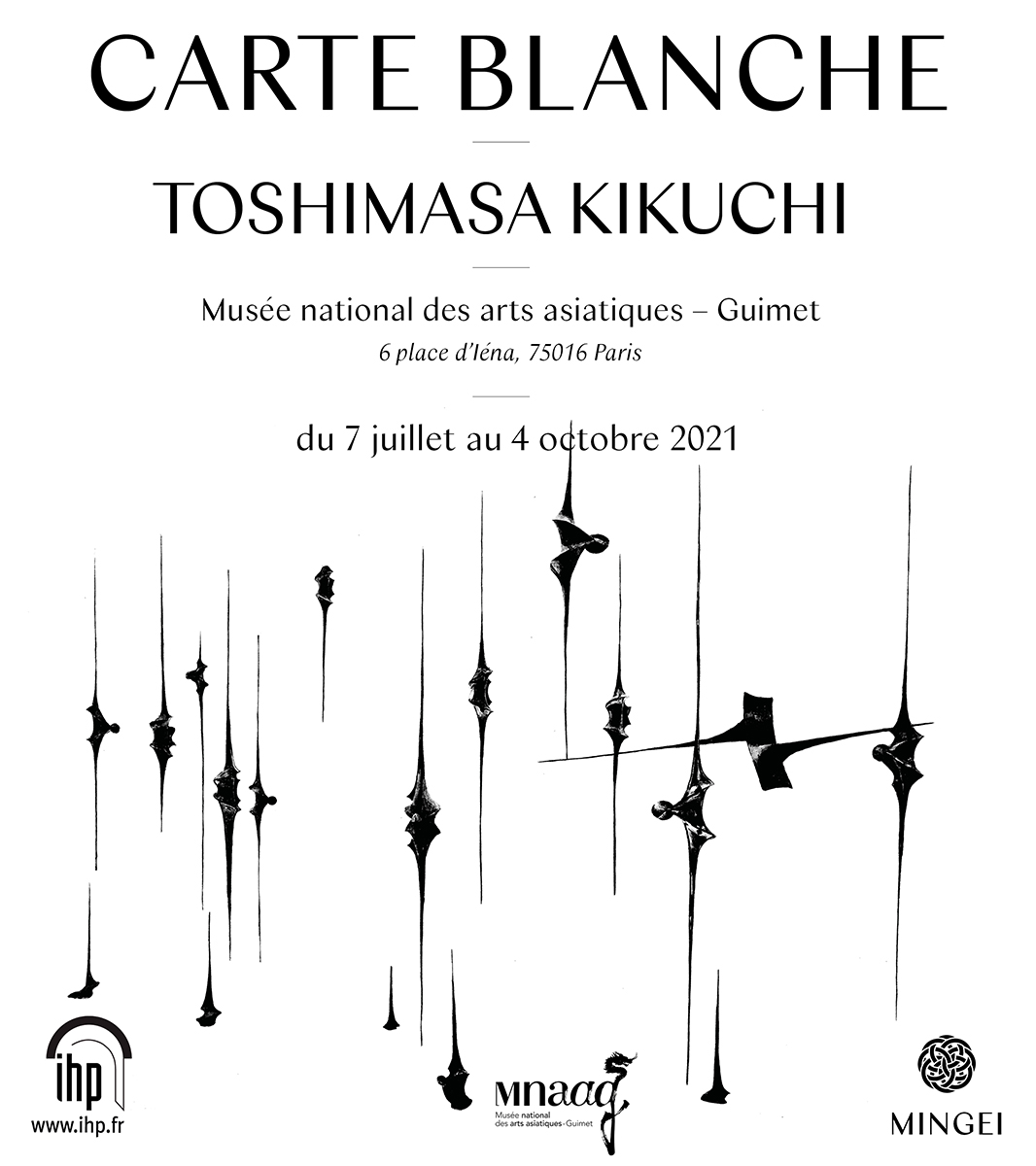
𝐓𝐎𝐒𝐇𝐈𝐌𝐀𝐒𝐀 𝐊𝐈𝐊𝐔𝐂𝐇𝐈
Guimet Asian art museum
𝐅𝐫𝐨𝐦 𝐌𝐚𝐧 𝐑𝐚𝐲 𝐭𝐨 𝐓𝐨𝐬𝐡𝐢𝐦𝐚𝐬𝐚 𝐊𝐢𝐤𝐮𝐜𝐡𝐢, 𝐚 𝐦𝐞𝐞𝐭𝐢𝐧𝐠 𝐛𝐞𝐭𝐰𝐞𝐞𝐧 𝐚𝐫𝐭 𝐚𝐧𝐝 𝐦𝐚𝐭𝐡𝐞𝐦𝐚𝐭𝐢𝐜𝐬 𝐚𝐫𝐨𝐮𝐧𝐝 𝐭𝐡𝐞 𝐜𝐨𝐥𝐥𝐞𝐜𝐭𝐢𝐨𝐧 𝐨𝐟 𝐦𝐨𝐝𝐞𝐥𝐬 𝐨𝐟 𝐭𝐡𝐞 𝐇𝐞𝐧𝐫𝐢 𝐏𝐨𝐢𝐧𝐜𝐚𝐫𝐞́ 𝐈𝐧𝐬𝐭𝐢𝐭𝐮𝐭𝐞, 𝐨𝐧 𝐭𝐡𝐞 𝐨𝐜𝐜𝐚𝐬𝐢𝐨𝐧 𝐨𝐟 𝐭𝐡𝐞 𝐂𝐀𝐑𝐓𝐄 𝐁𝐋𝐀𝐍𝐂𝐇𝐄 𝐛𝐲 𝐓𝐨𝐬𝐡𝐢𝐦𝐚𝐬𝐚 𝐊𝐢𝐤𝐮𝐜𝐡𝐢 𝐚𝐭 𝐭𝐡𝐞 𝐍𝐚𝐭𝐢𝐨𝐧𝐚𝐥 𝐌𝐮𝐬𝐞𝐮𝐦 𝐨𝐟 𝐀𝐬𝐢𝐚𝐧 𝐀𝐫𝐭𝐬 𝐆𝐮𝐢𝐦𝐞𝐭.
The installation presented at the MNAAG Paris brings together a series of slender lacquered wood sculptures that represent mathematical models, in the tradition of the famous photographs taken of such objects by Man Ray.
𝐌𝐮𝐬𝐞́𝐞 𝐧𝐚𝐭𝐢𝐨𝐧𝐚𝐥 𝐝𝐞𝐬 𝐚𝐫𝐭𝐬 𝐚𝐬𝐢𝐚𝐭𝐢𝐪𝐮𝐞𝐬 𝐆𝐮𝐢𝐦𝐞𝐭
𝟔, 𝐏𝐥𝐚𝐜𝐞 𝐝'𝐈𝐞𝐧𝐚
𝟕𝟓𝟏𝟏𝟔 𝐏𝐚𝐫𝐢𝐬
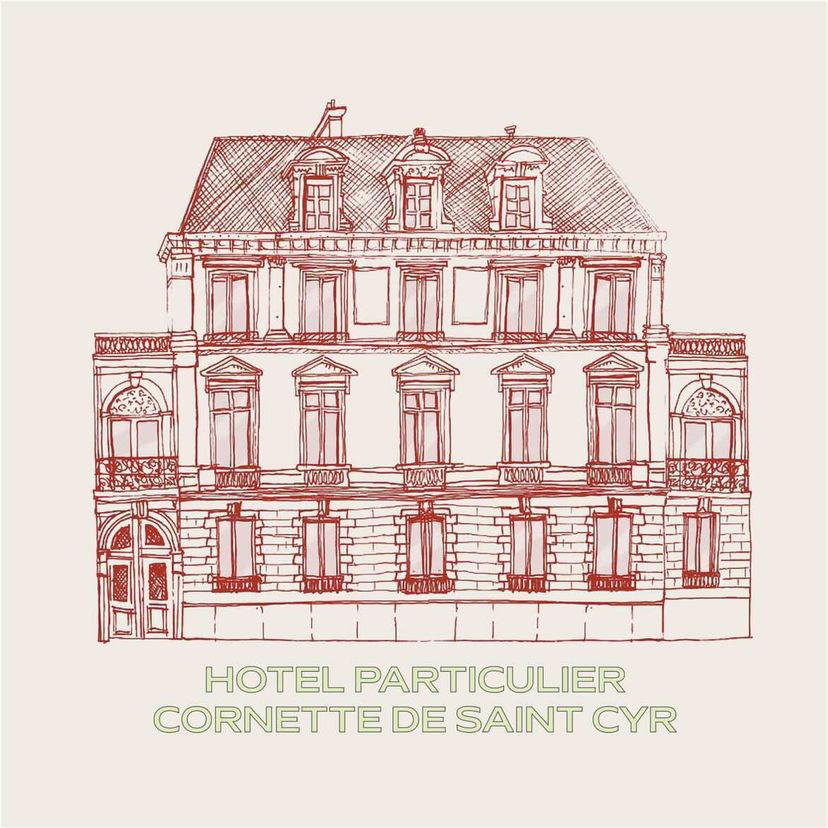
𝐆𝐔𝐑𝐔
𝐃𝐞𝐬𝐢𝐠𝐧 𝐀𝐫𝐭 𝐅𝐚𝐢𝐫
The Mingei gallery participates in the first edition of GURU, a new specialized contemporary Craft & Design fair. From September 11 to 16, 2021, during Paris Design Week, the private mansion of the Cornette de Saint Cyr auction house will host the very first edition of GURU, a specialized contemporary Craft & Design fair.
Cornette de Saint-Cyr
6, avenue Hoche, 75008 Paris

𝐓𝐎𝐒𝐇𝐈𝐌𝐀𝐒𝐀 𝐊𝐈𝐊𝐔𝐂𝐇𝐈
Here, these abstract forms, hung from the ceiling like mobiles or placed on the ground like devotional pieces, display a level of skill and virtuosity that is rare in contemporary art.
The works are perfect stalactites and eternal concretions that impress with their sculptural beauty at the same time as they open perspectives to a dimension that sculpture cannot attain – that of pure conceptual forms. The fusion between Art and Science at the heart of Kikuchi’s sculpture was primarily inspired by his work as a researcher at the Tokyo University Museum where he continues to organize exhibitions and restore old artworks.
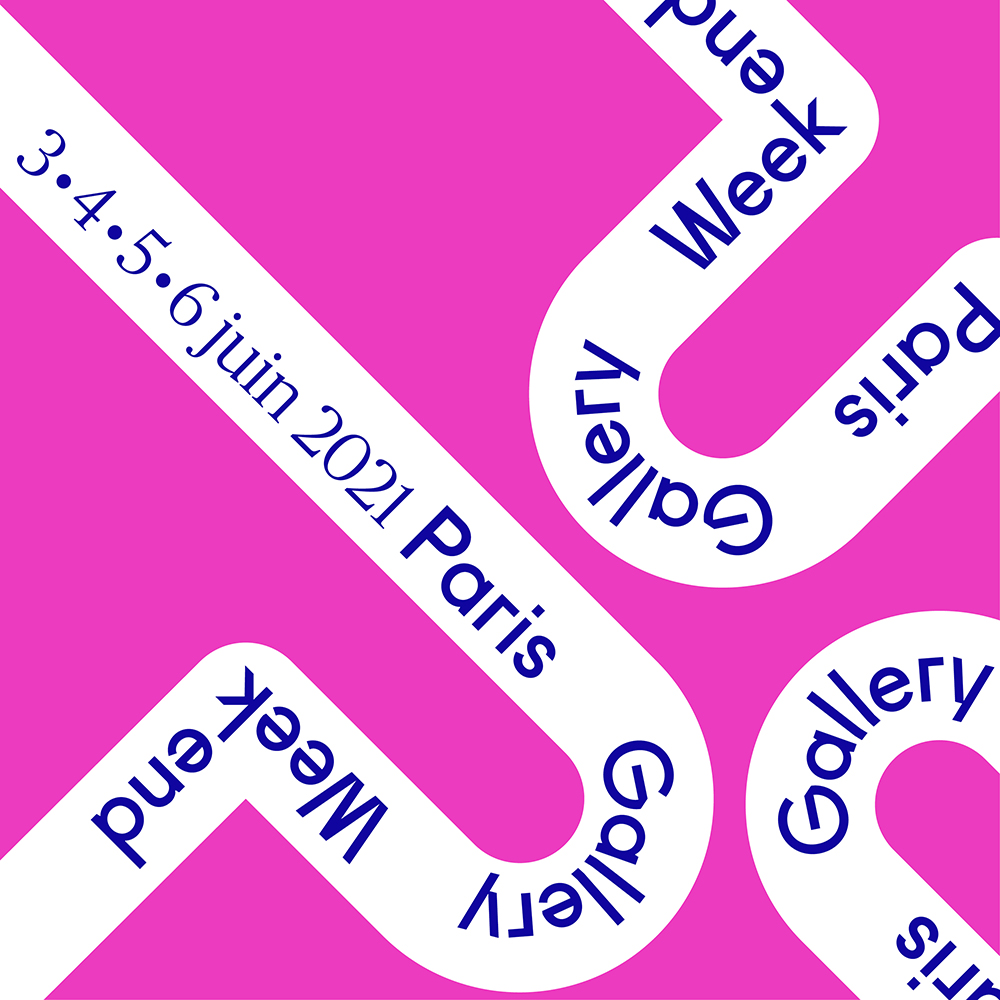
PARIS GALLERY WEEKEND
Contemporary japanese artworks.
127 galleries
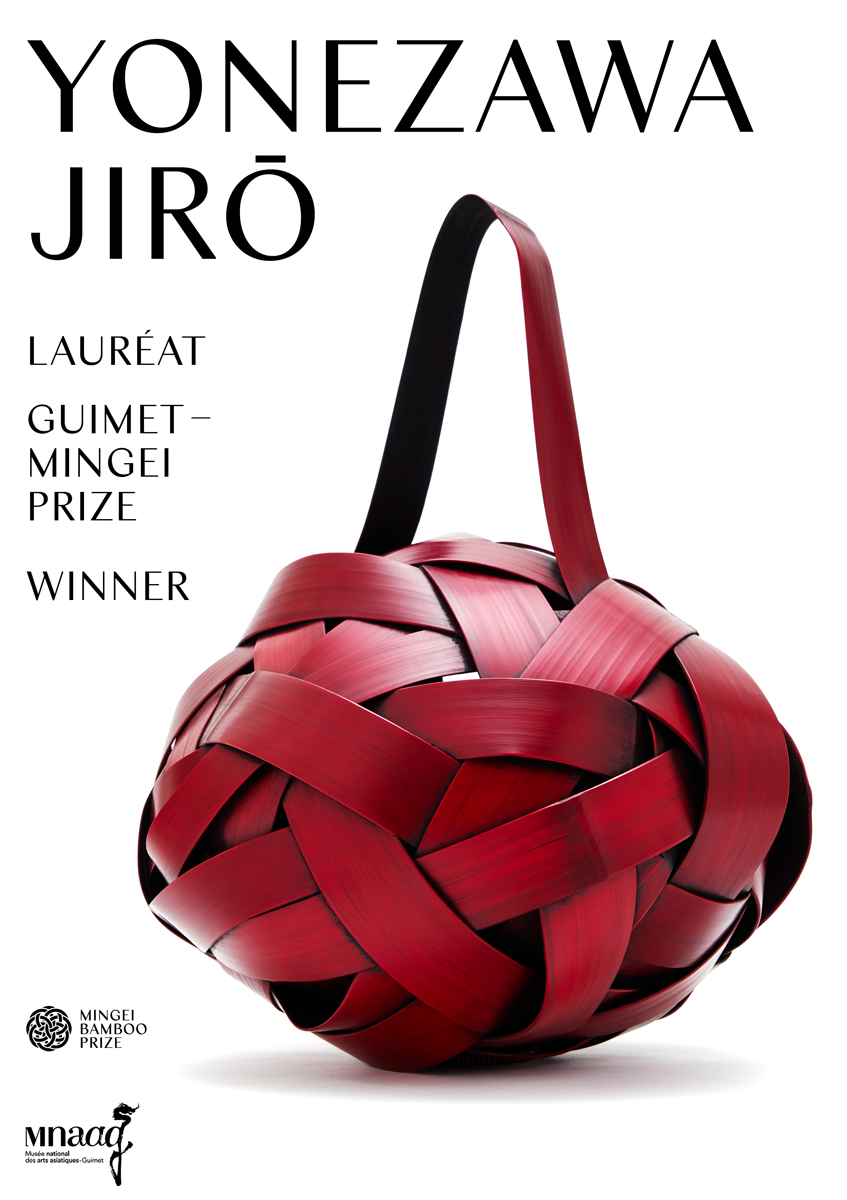
𝐆𝐔𝐈𝐌𝐄𝐓-𝐌𝐈𝐍𝐆𝐄𝐈 𝐩𝐫𝐢𝐳𝐞
𝐘𝐨𝐧𝐞𝐳𝐚𝐰𝐚 𝐉𝐢𝐫𝐨 𝐢𝐬 𝐭𝐡𝐞 𝐆𝐔𝐈𝐌𝐄𝐓-𝐌𝐈𝐍𝐆𝐄𝐈 𝐩𝐫𝐢𝐳𝐞 𝐰𝐢𝐧𝐧𝐞𝐫 𝟐𝟎𝟐𝟏
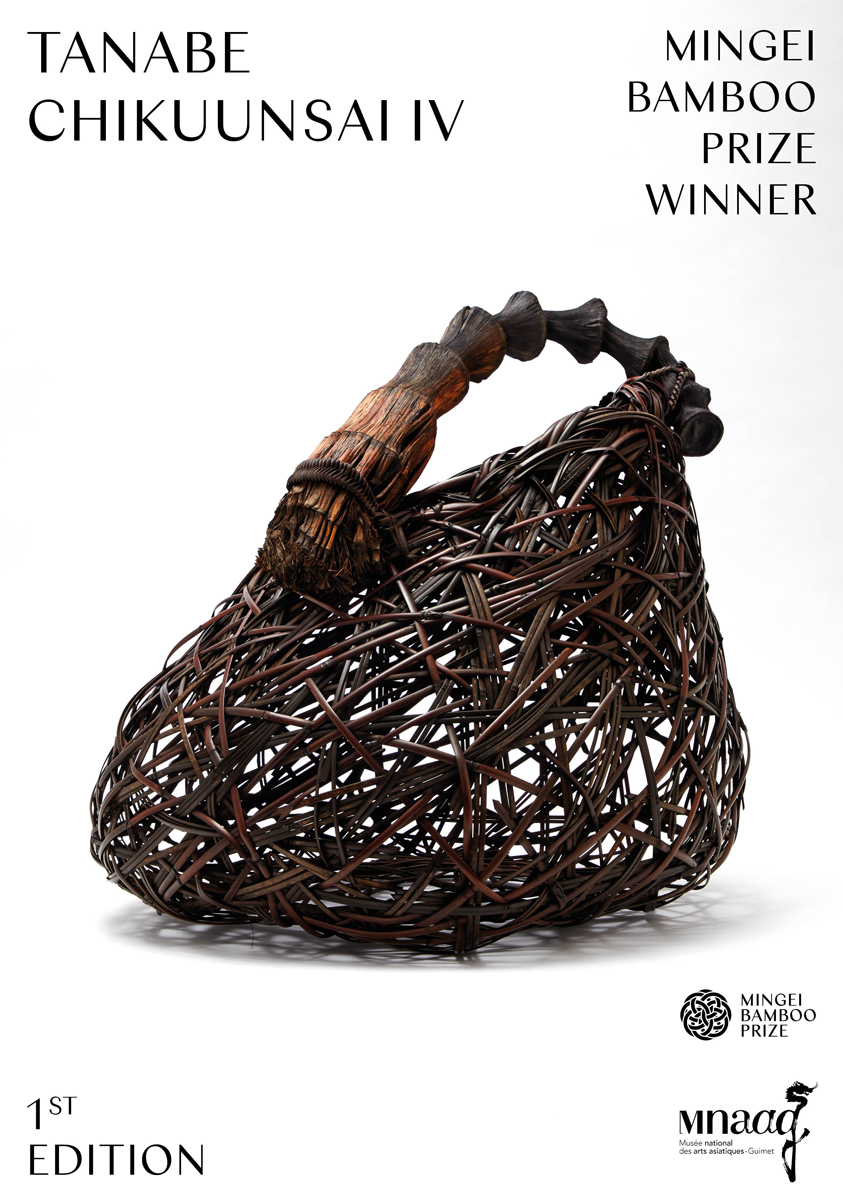
𝐌𝐈𝐍𝐆𝐄𝐈 𝐁𝐀𝐌𝐁𝐎𝐎 𝐏𝐑𝐈𝐙𝐄
@Musée Guimet
𝐓𝐡𝐞 𝐍𝐚𝐭𝐢𝐨𝐧𝐚𝐥 𝐌𝐮𝐬𝐞𝐮𝐦 𝐨𝐟 𝐀𝐬𝐢𝐚𝐧 𝐀𝐫𝐭𝐬 - 𝐆𝐮𝐢𝐦𝐞𝐭 𝐚𝐧𝐝 𝐭𝐡𝐞 𝐌𝐢𝐧𝐠𝐞𝐢 𝐆𝐚𝐥𝐥𝐞𝐫𝐲 𝐚𝐫𝐞 𝐩𝐥𝐞𝐚𝐬𝐞𝐝 𝐭𝐨 𝐚𝐧𝐧𝐨𝐮𝐧𝐜𝐞 𝐭𝐡𝐚𝐭 𝐭𝐡𝐞 𝐟𝐢𝐫𝐬𝐭 𝐌𝐢𝐧𝐠𝐞𝐢 𝐁𝐚𝐦𝐛𝐨𝐨 𝐏𝐫𝐢𝐳𝐞, 𝐰𝐚𝐬 𝐚𝐰𝐚𝐫𝐝𝐞𝐝 𝐛𝐲 𝐭𝐡𝐞 𝐩𝐫𝐢𝐳𝐞 𝐣𝐮𝐫𝐲 𝐨𝐧 𝐓𝐮𝐞𝐬𝐝𝐚𝐲, 𝐉𝐚𝐧𝐮𝐚𝐫𝐲 𝟐𝟔, 𝟐𝟎𝟐𝟏 𝐭𝐨 𝐉𝐚𝐩𝐚𝐧𝐞𝐬𝐞 𝐚𝐫𝐭𝐢𝐬𝐭 𝐓𝐀𝐍𝐀𝐁𝐄 𝐂𝐡𝐢𝐤𝐮𝐮𝐧𝐬𝐚𝐢 𝐈𝐕 𝐟𝐨𝐫 𝐭𝐡𝐞 𝐰𝐨𝐫𝐤 𝐃𝐢𝐬𝐢𝐧𝐭𝐞𝐠𝐫𝐚𝐭𝐞𝐝 𝐁𝐚𝐦𝐛𝐨𝐨 𝐃𝐚𝐫𝐮𝐦𝐚.
The Mingei gallery warmly thanks the National Museum of Asian Arts - Guimet, its president Ms. Sophie Makariou and the entire museum team where the 11finalist works are exhibited until May 3rd, 2021.
Eleven works have been selected and will be exhibited at the Musée national des arts asiatiques - Guimet from October 21st through May 3rd 2021.
Galerie Mingei has been championing the Japanese wickerwork and bamboo arts for ten years, and has established itself as the first and virtually only European gallery with this area of specialty.
Promoting the continued and enduring recognition of this art and encouraging contemporary creation are Galerie Mingei’s main objectives as it sets out to award an annual prize. The competition for this prize is open to all Japanese artists regardless of age, and particularly to those who use bamboo as their medium. Artists may also enter the competition as many times as they wish.
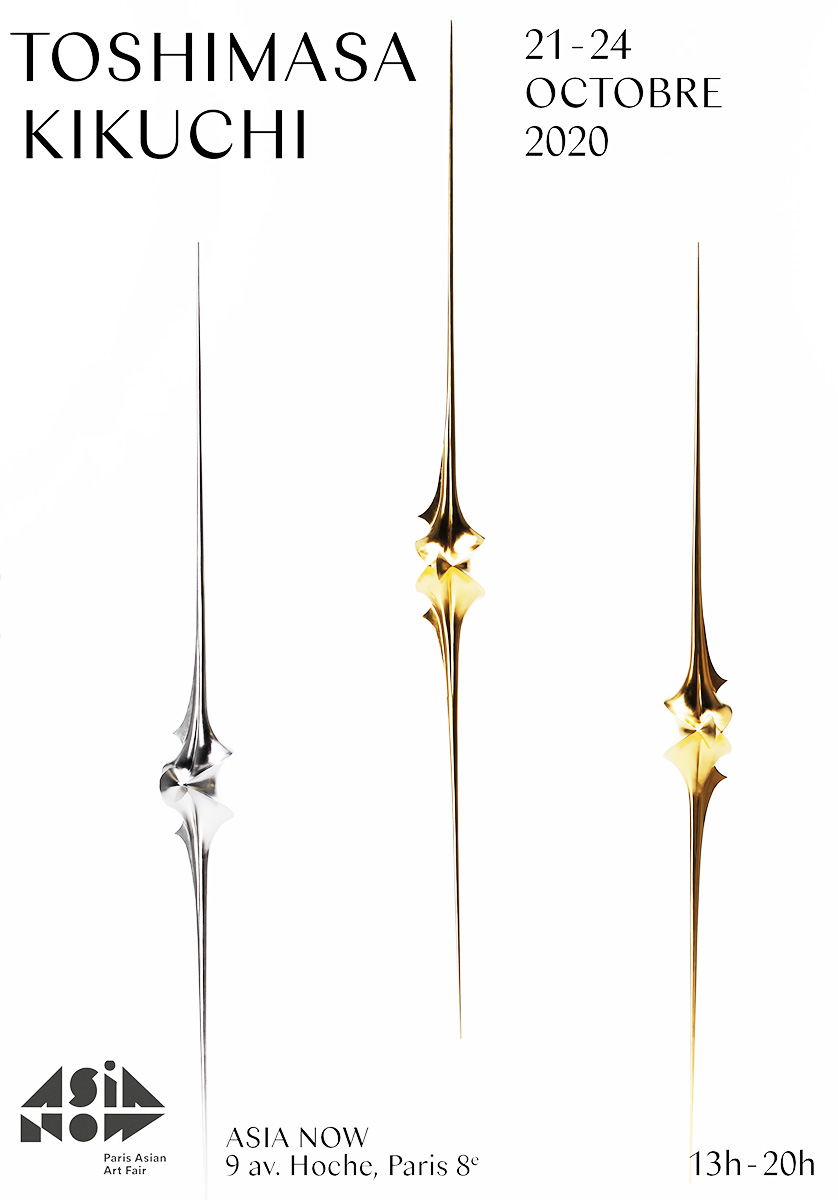
TOSHIMASA KIKUCHI
@ ASIA NOW - 9 av. Hoche, 75008
Toshimasa KIKUCHI
The installation he is presenting at Asia Now brings together a series of slender lacquered wood sculptures that represent mathematical models, in the tradition of the famous photographs taken of such objects by Man Ray. Here, these abstract forms, hung from the ceiling like mobiles or placed on the ground like devotional pieces, display a level of skill and virtuosity that is rare in contemporary art.

IIZUKA
Bamboo Masters of Japan
-
𝐈𝐈𝐙𝐔𝐊𝐀 𝐇𝐨̄𝐬𝐚𝐢 𝐈 (𝟏𝟖𝟓𝟏-𝟏𝟗𝟏𝟔)
-
𝐈𝐈𝐙𝐔𝐊𝐀 𝐇𝐨̄𝐬𝐚𝐢 𝐈𝐈 (𝟏𝟖𝟕𝟐-𝟏𝟗𝟑𝟒)
-
𝐈𝐈𝐙𝐔𝐊𝐀 𝐑𝐨̄𝐤𝐚𝐧𝐬𝐚𝐢 (𝟏𝟖𝟗𝟎-𝟏𝟗𝟓𝟖)
-
𝐈𝐈𝐙𝐔𝐊𝐀 𝐒𝐡𝐨̄𝐤𝐚𝐧𝐬𝐚𝐢 (𝟏𝟗𝟏𝟗-𝟐𝟎𝟎𝟒)
-
𝐌𝐀𝐓𝐒𝐔𝐌𝐎𝐓𝐎 𝐇𝐚𝐟𝐮̄ (𝐛𝐨𝐫𝐧 𝟏𝟗𝟓𝟐)
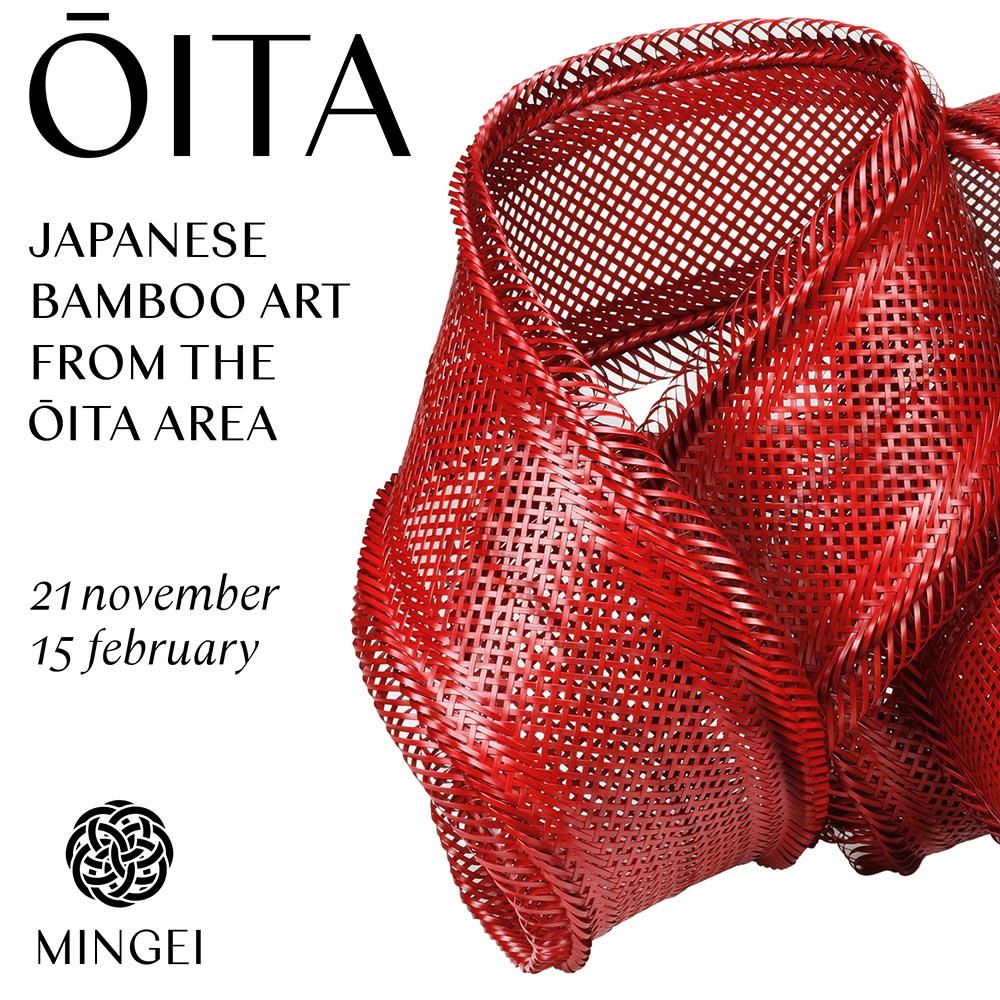
ŌITA
Japanese bamboo art from ŌITA area
𝐀𝐁𝐄 𝐌𝐨𝐭𝐨𝐬𝐡𝐢
𝐇𝐈𝐑𝐎𝐈 𝐘𝐚𝐬𝐮𝐬𝐡𝐢
𝐊𝐀𝐖𝐀𝐒𝐇𝐈𝐌𝐀 𝐒𝐡𝐢𝐠𝐞𝐨
𝐌𝐎𝐑𝐈𝐆𝐀𝐌𝐈 𝐉𝐢𝐧
𝐍𝐀𝐊𝐀𝐓𝐎𝐌𝐈 𝐇𝐚𝐣𝐢𝐦𝐞
𝐒𝐀𝐓𝐎𝐇 𝐇𝐚𝐫𝐮𝐨
𝐒𝐇𝐈𝐎𝐓𝐒𝐔𝐊𝐈 𝐉𝐮𝐫𝐚𝐧
𝐒𝐔𝐆𝐈𝐔𝐑𝐀 𝐍𝐨𝐫𝐢𝐲𝐨𝐬𝐡𝐢
𝐓𝐀𝐍𝐈𝐆𝐔𝐂𝐇𝐈 𝐌𝐢𝐜𝐡𝐢𝐭𝐨
𝐘𝐎𝐊𝐎𝐘𝐀𝐌𝐀 𝐎𝐬𝐚𝐦𝐮
𝐘𝐎𝐍𝐄𝐙𝐀𝐖𝐀 𝐉𝐢𝐫𝐨
𝐘𝐔𝐅𝐔 𝐒𝐡𝐨𝐡𝐚𝐤𝐮
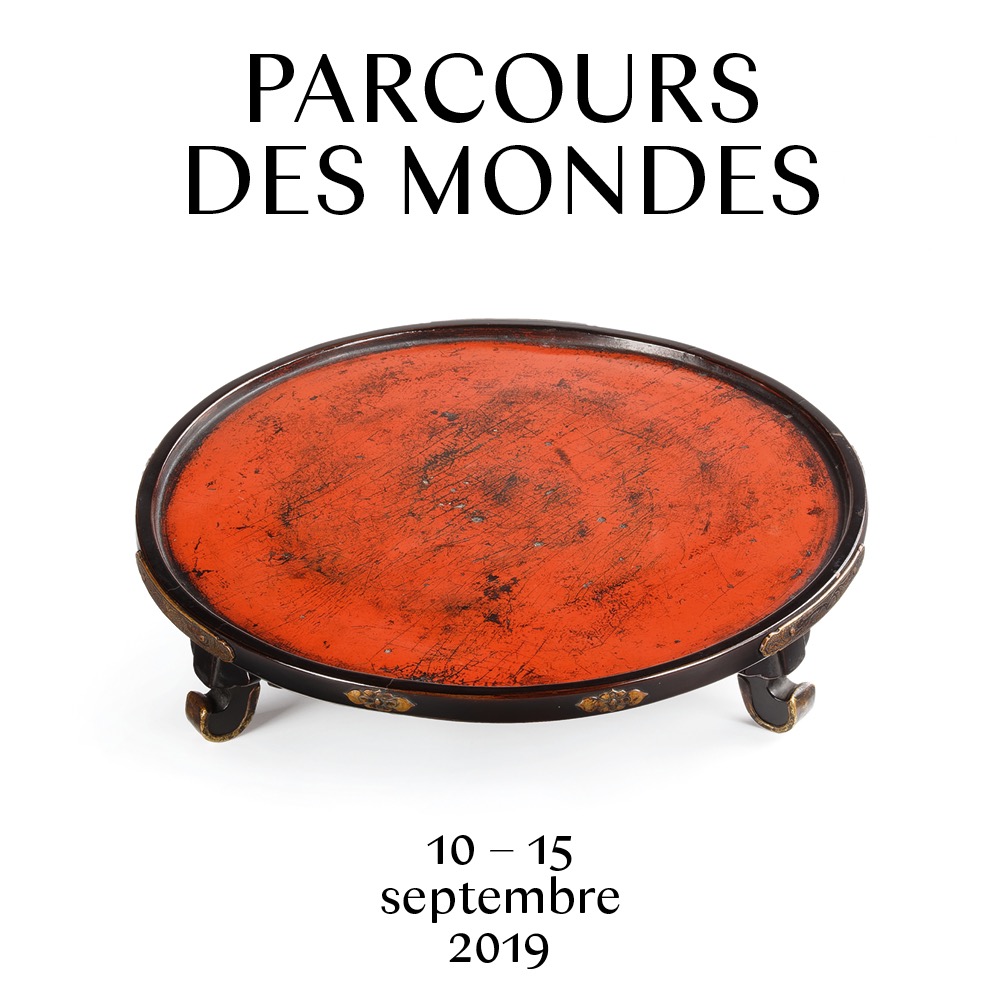
PARCOURS DES MONDES
New acquisitions
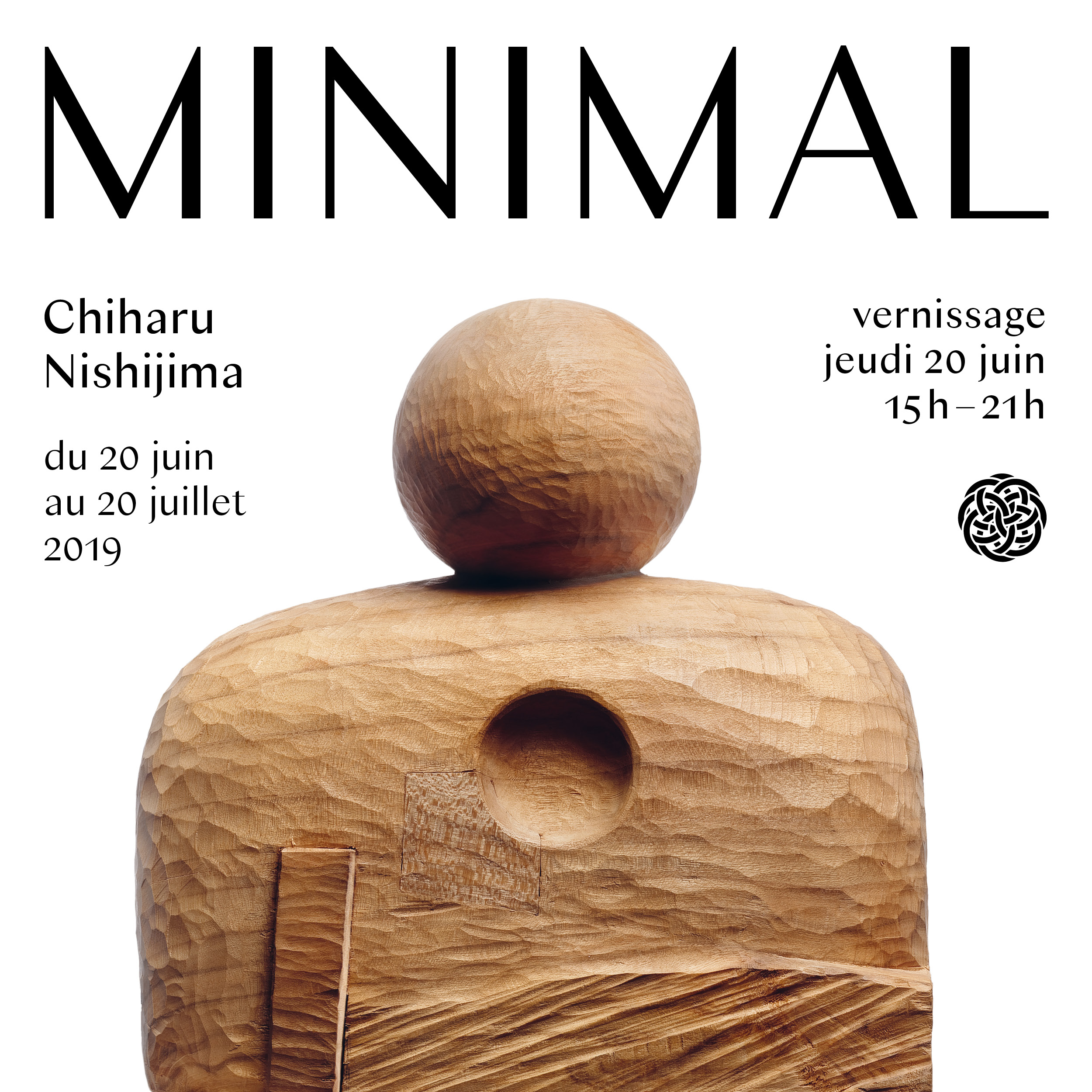
MINIMAL
CHIHARU NISHIJIMA
" When one examines woods like Zelkova serrata (keyaki) and cherry (sakura), one comes to realize that there are no straight lines or right angles in the natural world. The same is true of the human world, but modern life demands and values rationality and productivity, and compels us to violate the principles of the natural world. Our environment becomes fragmented and our overall vision tends to get blurred. "
Chiharu Nishijima
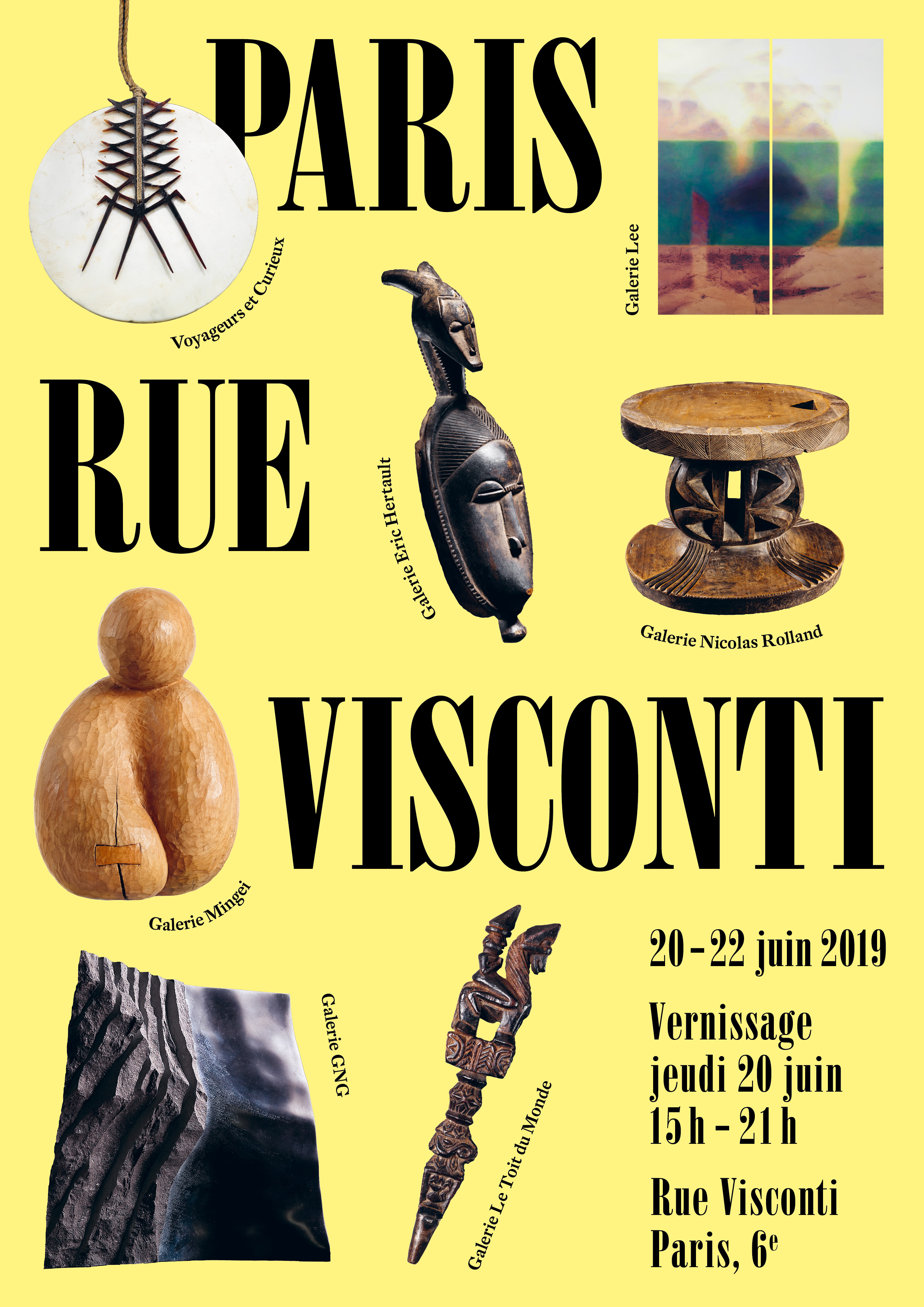
Paris rue Visconti
Opening 20th June
3 - 9 pm

Asian Art in Brussels
AAB 2019
12 - 16 Juin 2019
@Galerie Desmet, 39 rue des Minimes, Bruxelles
pendant AAB 2019

JAPANESE BAMBOO DESIGN
OUTDOORS - Milan
During Salone del Mobile 2019 - Via Gesù, 17 - Milano @ Renzo Freschi Gallery
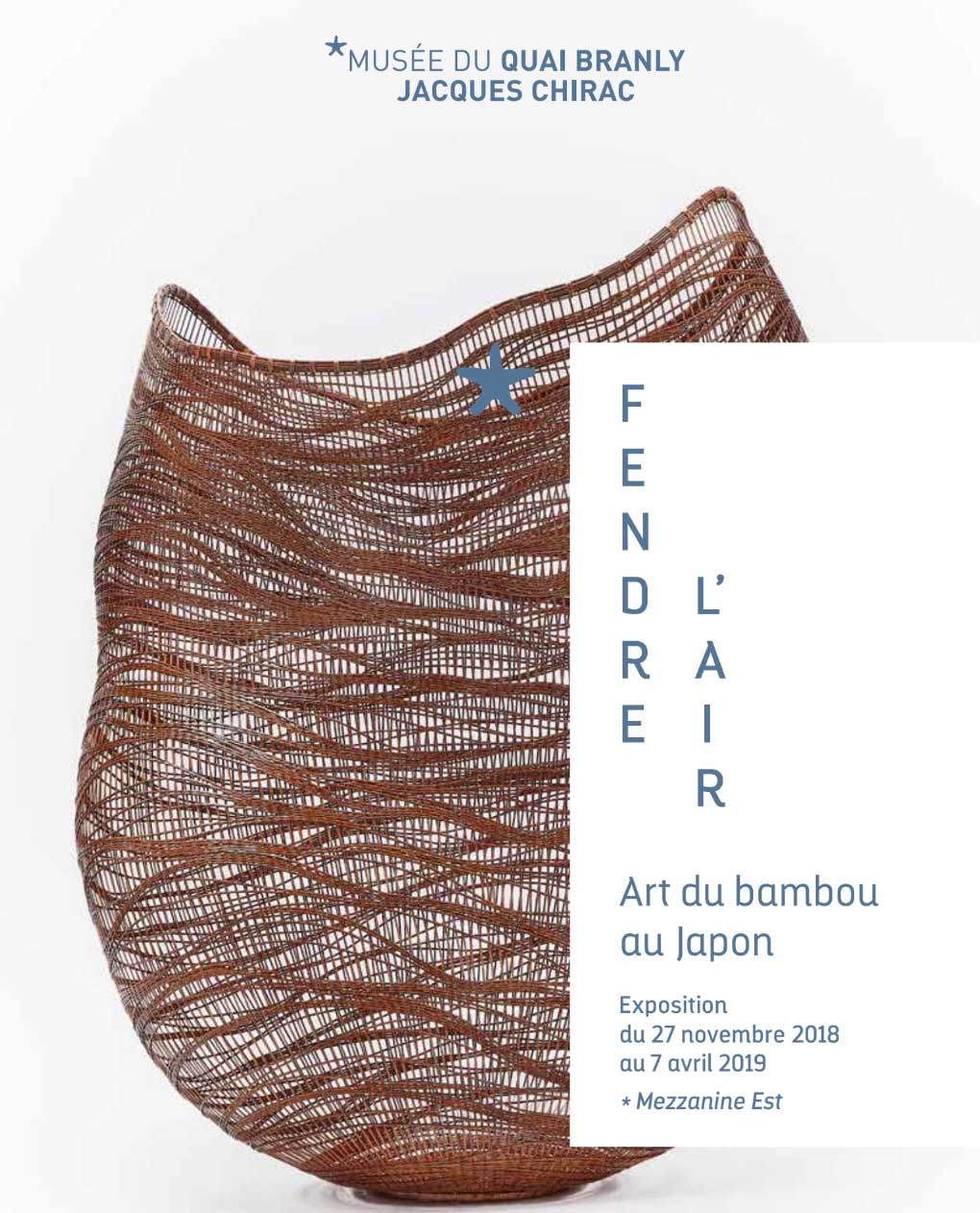
Fendre l'Air
Bamboo art in Japan
In 2018, Philippe Boudin, director of the Mingei gallery in Paris, and Stéphane Martin, then director of the musée du quai Branly - Jacques Chirac, co-organized the exhibition Fendre l'Air - l'Art du bambou au Japon.
This unique exhibition allowed the French public to discover the richness and subtlety of Japanese bamboo art. Presented at the musée du quai Branly - Jacques Chirac, it brought together ancient and contemporary works, testifying to the finesse and virtuosity of bamboo masters.
The exhibition highlighted the links between tradition and innovation in this art, showing how Japanese artists perpetuate and reinvent age-old techniques. Works by masters such as Tanabe Chikuunsai IV captivated the eye, mixing organic and geometric forms.
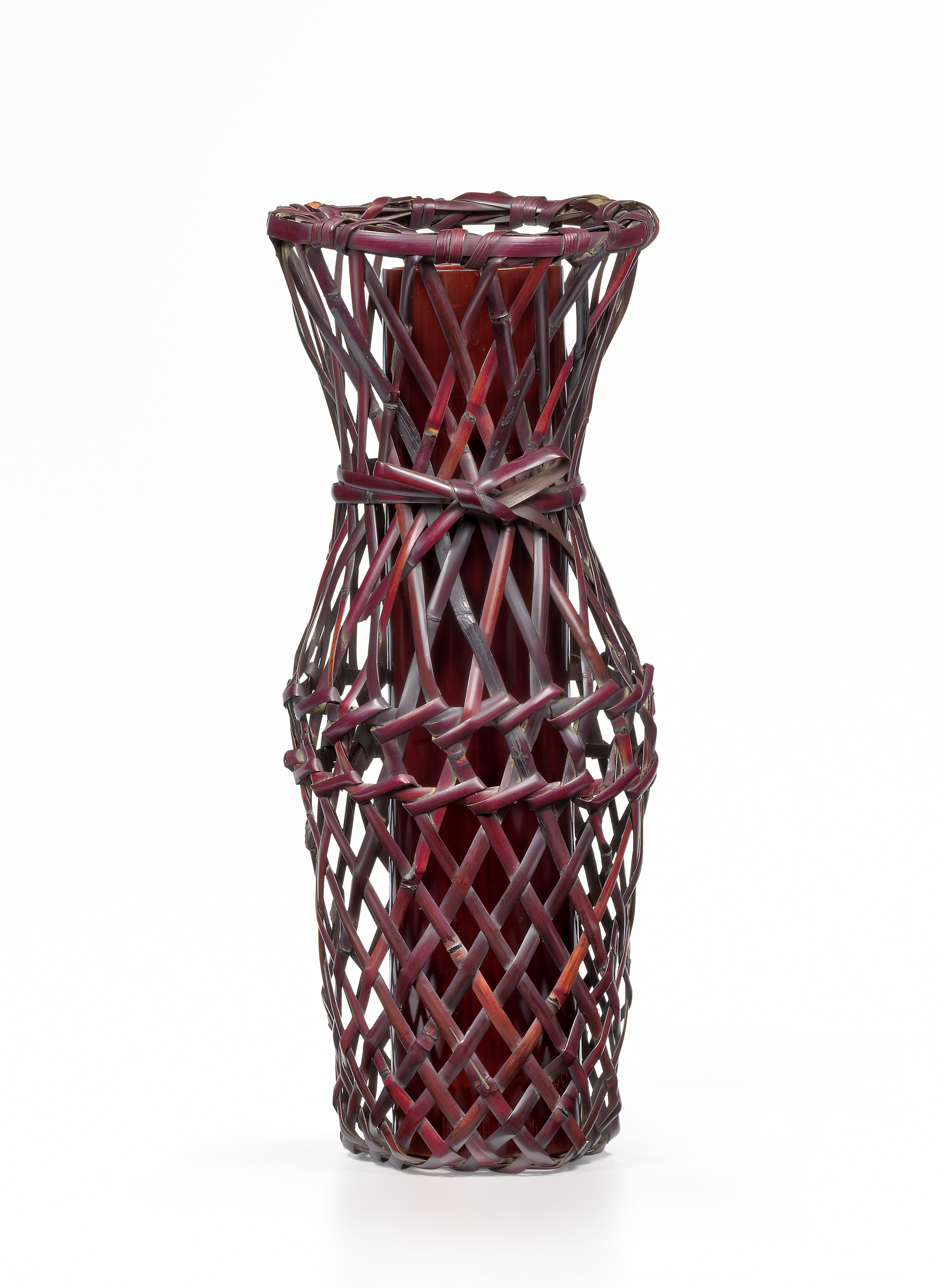
The Beauty of Japanese Bamboo Art
Old and contemporary
Tradition and simple form
Since the 8th century, finely made bamboo baskets have been used in Buddhist ceremonies and later in the Japanese tea ceremony. Master-apprentice lineages that enabled the knowledge required to create them to be passed down through the ages were established early on.
During the twentieth century, individual kagoshi (basket makers) reinterpreted these traditions to create imaginative forms and vases for the ikebana, the art of flower arrangements. Now, in the twenty-first century, a new generation of artists, from diverse backgrounds, are creating an amazing variety of artworks that can be appreciated as contemporary sculptural forms.
The Mingei Gallery is pleased to present its collection of Japanese baskets whose creations range from the late 19th century to the present day.
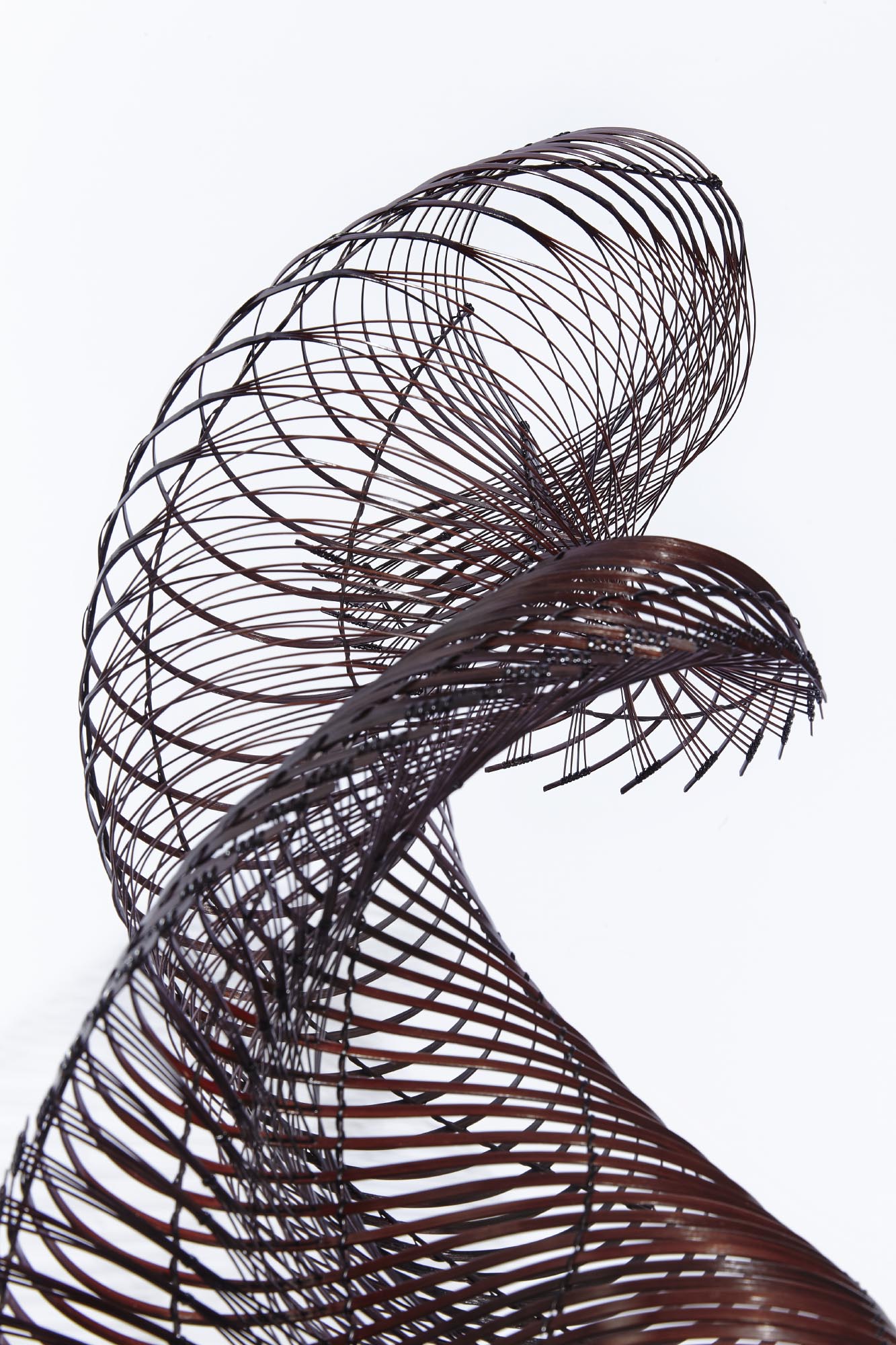
Tanabe Chikuunsai IV
Bamboo Masters vol. 4
Chikuunsai IV creates two kinds of bamboo works. The first, which are made using traditional techniques transmitted from generation to generation, are functional objects destined for used in ikebana and in the tea ceremony. His other works fall squarely into the realm of contemporary creation. Tanabe Chikuunsai IV is an artist of his time who expresses his individuality through various organic sculptural forms. Both his functional and contemporary works are part of many notable international private and public collections.
He has been awarded many prizes in Japan as well as abroad, and was the recipient of the prestigious Lloyd Cotsen Bamboo Prize in the United States in 2007.
Since 2015, he has produced a number of monumental installations: at the MET in New York, the Japan House in Sao Paulo, Takashimaya in Tokyo, the MNAA-Guimet in Paris, the Château de la Celle-Saint-Cloud, and the Domaine de Chaumont-sur-Loire (through November 2018), among other places.
A catalog with photographs by Japanese artist Tadayuki Minamoto will accompany the exhibition.
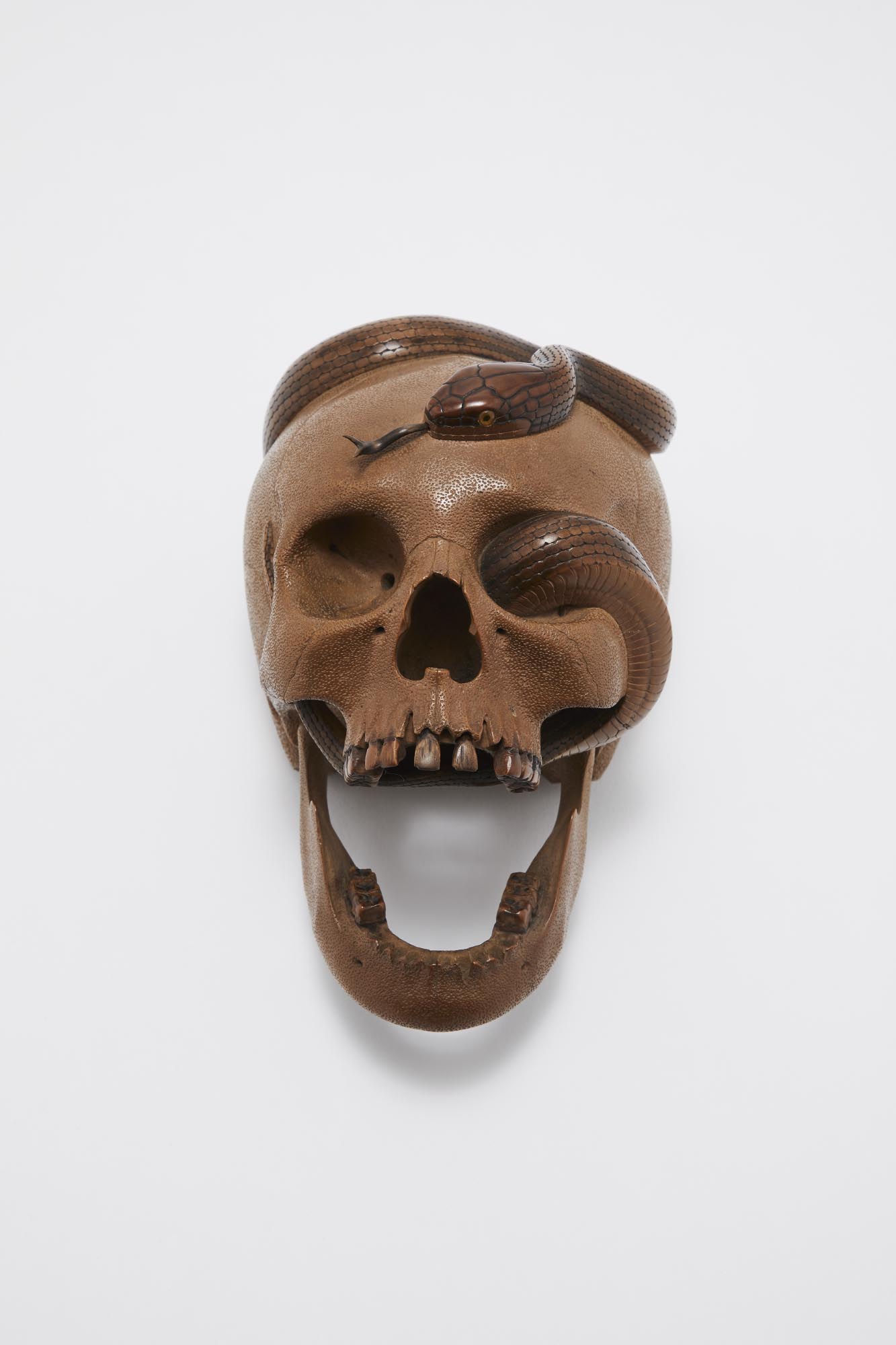
Supranatural
Dokuro, Bakemono, Yūrei
𝟔𝟎 𝐩𝐚𝐢𝐧𝐭𝐢𝐧𝐠𝐬 𝐚𝐧𝐝 𝐨𝐛𝐣𝐞𝐜𝐭𝐬 𝐫𝐞𝐩𝐫𝐞𝐬𝐞𝐧𝐭𝐢𝐧𝐠 𝐘𝐮̄𝐫𝐞𝐢 (𝐠𝐡𝐨𝐬𝐭𝐬), 𝐃𝐨𝐤𝐮𝐫𝐨 (𝐬𝐤𝐮𝐥𝐥𝐬 𝐚𝐧𝐝 𝐬𝐤𝐞𝐥𝐞𝐭𝐨𝐧𝐬) 𝐚𝐧𝐝 𝐁𝐚𝐤𝐞𝐦𝐨𝐧𝐨 (𝐬𝐮𝐩𝐞𝐫𝐧𝐚𝐭𝐮𝐫𝐚𝐥 𝐜𝐫𝐞𝐚𝐭𝐮𝐫𝐞𝐬).
𝐒𝐨𝐦𝐞 𝐨𝐟 𝐭𝐡𝐞𝐬𝐞 𝐢𝐭𝐞𝐦𝐬, 𝐨𝐧 𝐥𝐨𝐚𝐧 𝐛𝐲 𝐮𝐬, 𝐰𝐞𝐫𝐞 𝐞𝐱𝐡𝐢𝐛𝐢𝐭𝐞𝐝 𝐢𝐧 𝐭𝐡𝐞 𝐞𝐱𝐡𝐢𝐛𝐢𝐭𝐢𝐨𝐧 "𝐄𝐧𝐟𝐞𝐫𝐬 𝐞𝐭 𝐅𝐚𝐧𝐭𝐨̂𝐦𝐞𝐬 𝐝'𝐀𝐬𝐢𝐞 " (𝐇𝐞𝐥𝐥𝐬 𝐚𝐧𝐝 𝐆𝐡𝐨𝐬𝐭𝐬 𝐨𝐟 𝐀𝐬𝐢𝐚") 𝐚𝐭 𝐭𝐡𝐞 𝐌𝐮𝐬𝐞́𝐞 𝐝𝐮 𝐐𝐮𝐚𝐢 𝐁𝐫𝐚𝐧𝐥𝐲-𝐉𝐚𝐜𝐪𝐮𝐞𝐬 𝐂𝐡𝐢𝐫𝐚𝐜.
𝐀𝐦𝐨𝐧𝐠 𝐭𝐡𝐞𝐬𝐞 𝐩𝐢𝐞𝐜𝐞𝐬, 𝐚𝐧 𝐞𝐱𝐜𝐞𝐩𝐭𝐢𝐨𝐧𝐚𝐥 𝐉𝐚𝐩𝐚𝐧𝐞𝐬𝐞 𝐕𝐚𝐧𝐢𝐭𝐚𝐬, 𝐚 𝐰𝐨𝐨𝐝𝐞𝐧 𝐨𝐤𝐢𝐦𝐨𝐧𝐨 𝐛𝐲 𝐈𝐳𝐮𝐦𝐢 𝐒𝐮𝐤𝐞𝐲𝐮𝐤𝐢 (𝟏𝟖𝟑𝟖-𝟏𝟗𝟐𝟎) 𝐰𝐡𝐢𝐜𝐡 𝐝𝐞𝐩𝐢𝐜𝐭𝐬 𝐚 𝐬𝐧𝐚𝐤𝐞 𝐰𝐢𝐧𝐝𝐢𝐧𝐠 𝐢𝐭𝐬 𝐰𝐚𝐲 𝐭𝐡𝐫𝐨𝐮𝐠𝐡 𝐚 𝐬𝐤𝐮𝐥𝐥 𝐰𝐢𝐭𝐡 𝐚𝐧 𝐚𝐫𝐭𝐢𝐜𝐮𝐥𝐚𝐭𝐞𝐝 𝐥𝐨𝐰𝐞𝐫 𝐣𝐚𝐰 𝐚𝐧𝐝 𝐚𝐝𝐝𝐞𝐝 𝐭𝐞𝐞𝐭𝐡. 𝐈𝐭𝐬 𝐞𝐲𝐞𝐬 𝐚𝐫𝐞 𝐢𝐧𝐥𝐚𝐢𝐝 𝐰𝐢𝐭𝐡 𝐩𝐢𝐞𝐜𝐞𝐬 𝐨𝐟 𝐛𝐥𝐨𝐧𝐝 𝐜𝐨𝐥𝐨𝐫𝐞𝐝 𝐡𝐨𝐫𝐧 𝐬𝐞𝐭 𝐨𝐧𝐭𝐨 𝐠𝐨𝐥𝐝 𝐟𝐥𝐚𝐤𝐞𝐬, 𝐚𝐧𝐝 𝐭𝐡𝐞𝐢𝐫 𝐩𝐮𝐩𝐢𝐥𝐬 𝐚𝐫𝐞 𝐫𝐞𝐧𝐝𝐞𝐫𝐞𝐝 𝐰𝐢𝐭𝐡 𝐭𝐰𝐨 𝐬𝐦𝐚𝐥𝐥 𝐩𝐢𝐞𝐜𝐞𝐬 𝐨𝐟 𝐛𝐥𝐚𝐜𝐤 𝐛𝐮𝐟𝐟𝐚𝐥𝐨 𝐡𝐨𝐫𝐧. 𝐓𝐡𝐞 𝐭𝐨𝐧𝐠𝐮𝐞 𝐢𝐬 𝐬𝐢𝐥𝐯𝐞𝐫. 𝐓𝐡𝐞 𝐡𝐞𝐚𝐝 𝐢𝐬 𝐚 𝐧𝐚𝐭𝐮𝐫𝐚𝐥 𝐛𝐥𝐨𝐧𝐝 𝐜𝐨𝐥𝐨𝐫. 𝐁𝐨𝐭𝐡 𝐭𝐡𝐞 𝐫𝐞𝐩𝐭𝐢𝐥𝐞 𝐚𝐧𝐝 𝐢𝐭𝐬 𝐭𝐞𝐞𝐭𝐡 𝐚𝐫𝐞 𝐢𝐧 𝐬𝐡𝐚𝐝𝐞𝐬 𝐨𝐟 𝐨𝐜𝐡𝐫𝐞 𝐚𝐧𝐝 𝐛𝐫𝐨𝐰𝐧.

Nagakura Ken'Ichi
Bamboo Masters vol. 3
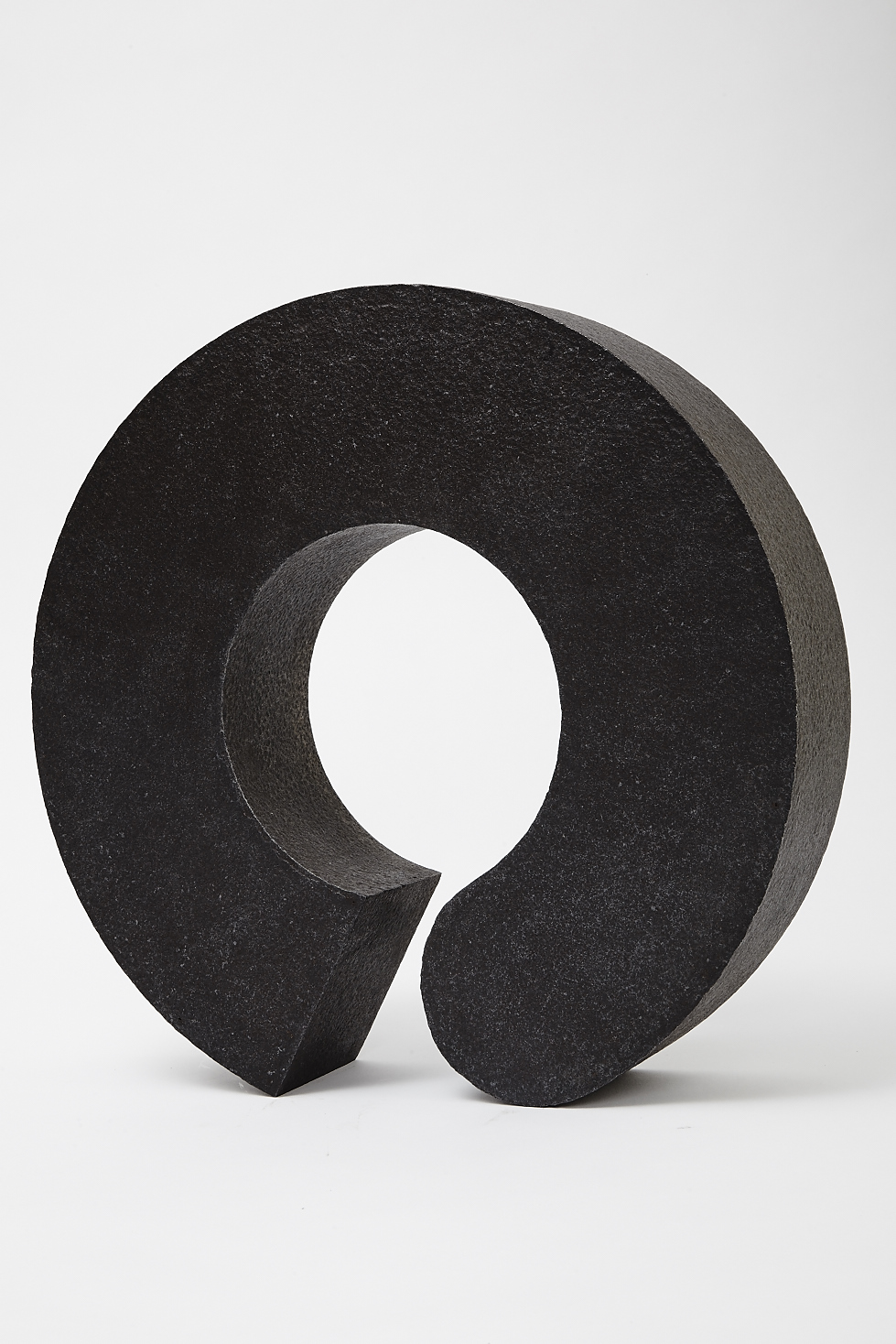
Otake Yuichi
Metalwork Masters Vol.2
